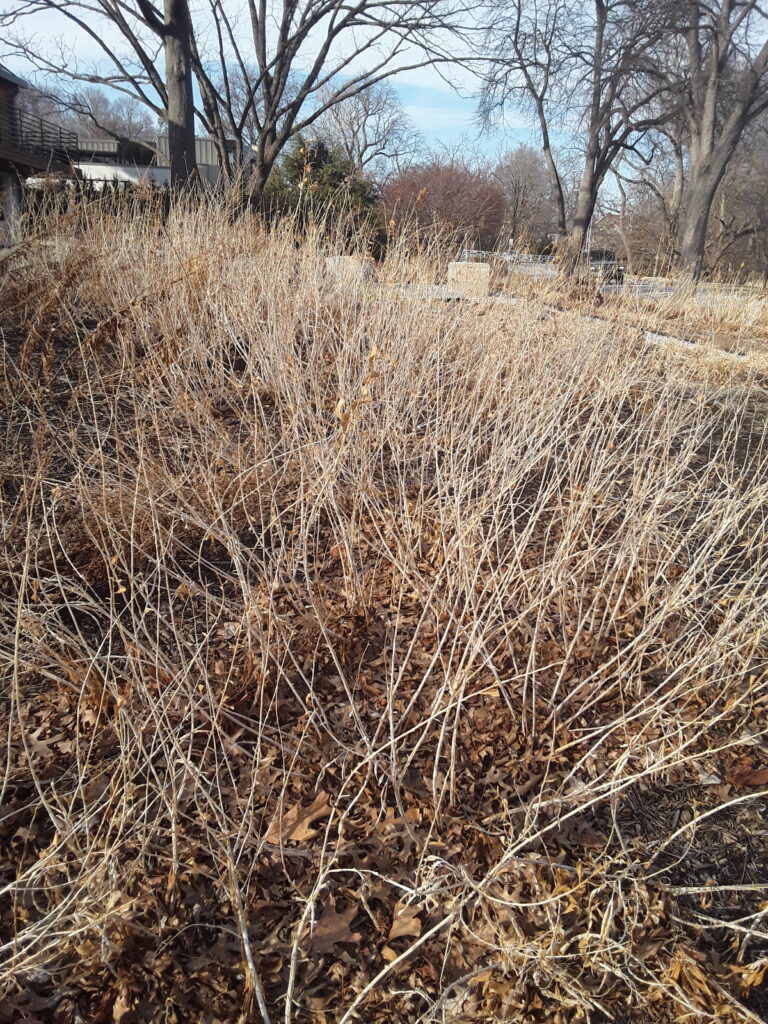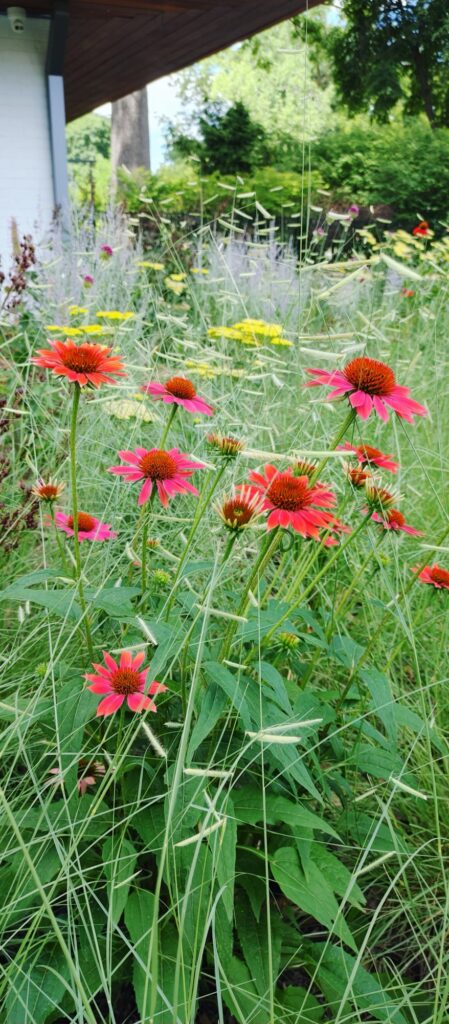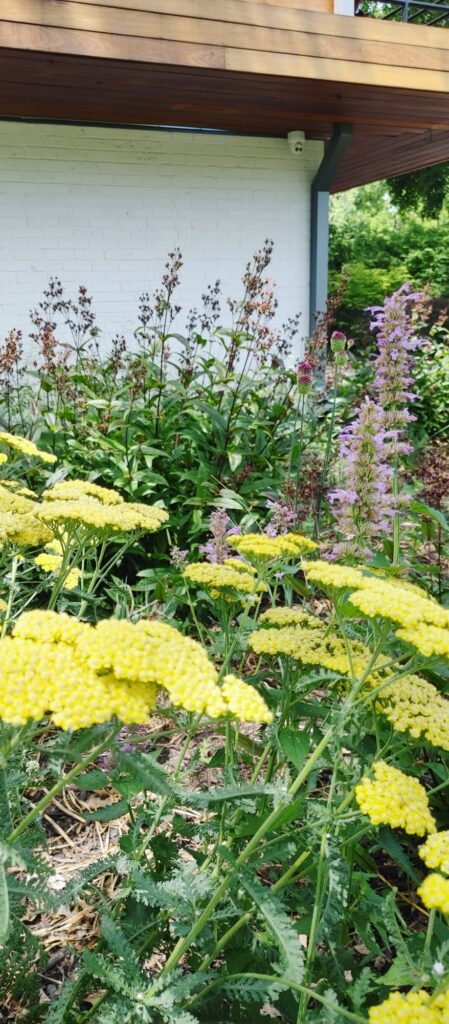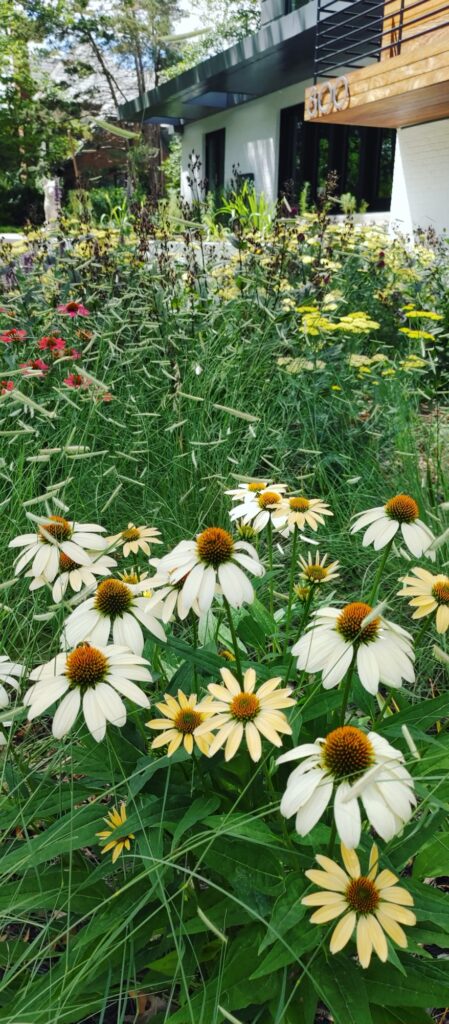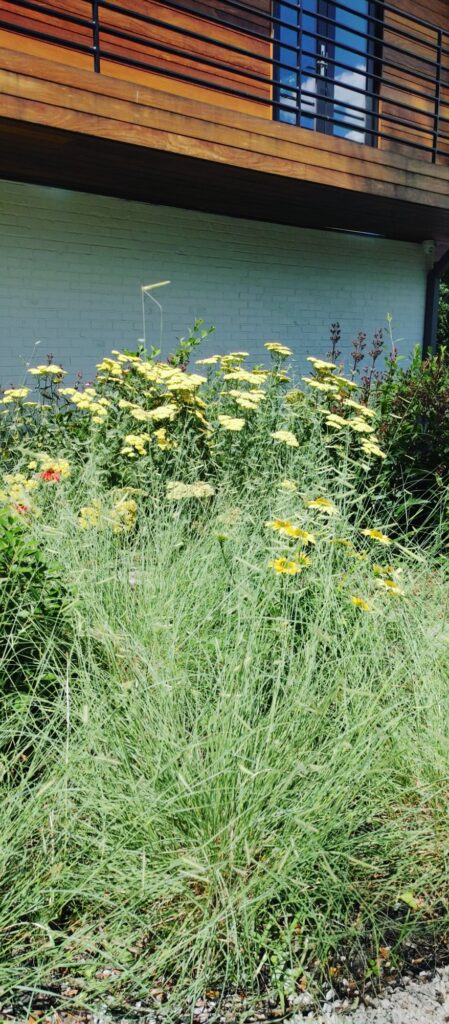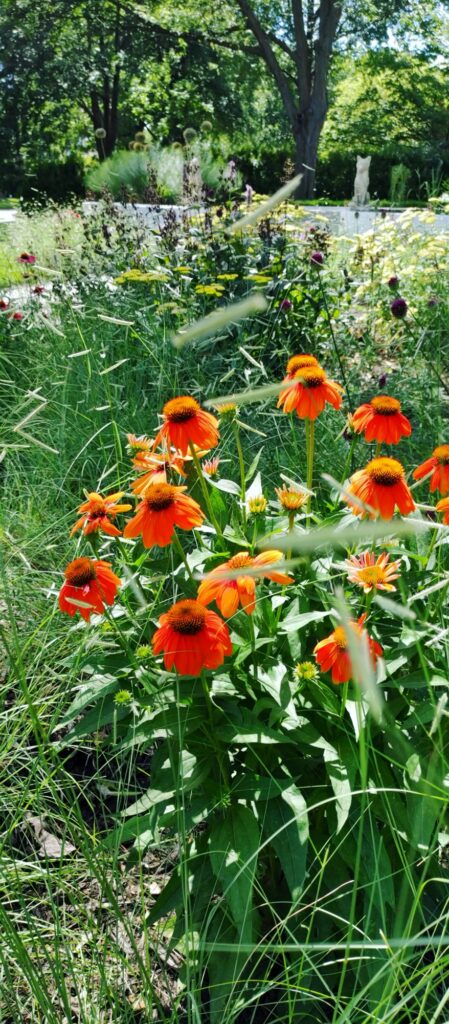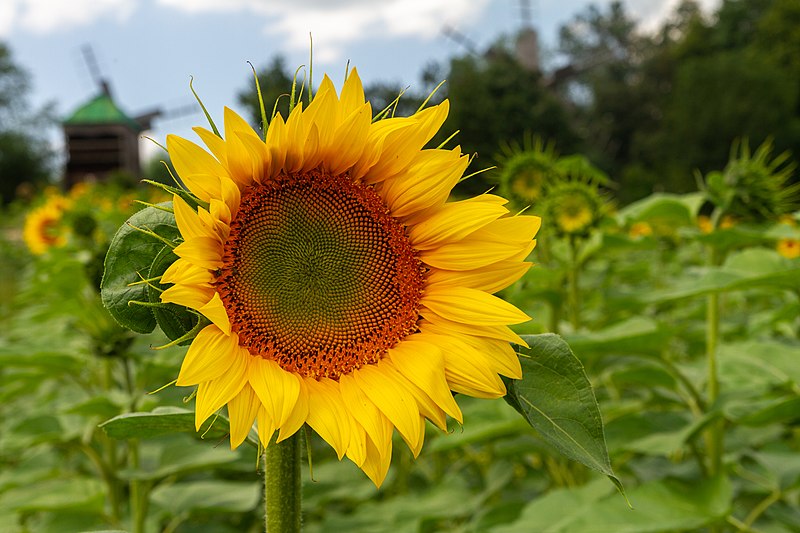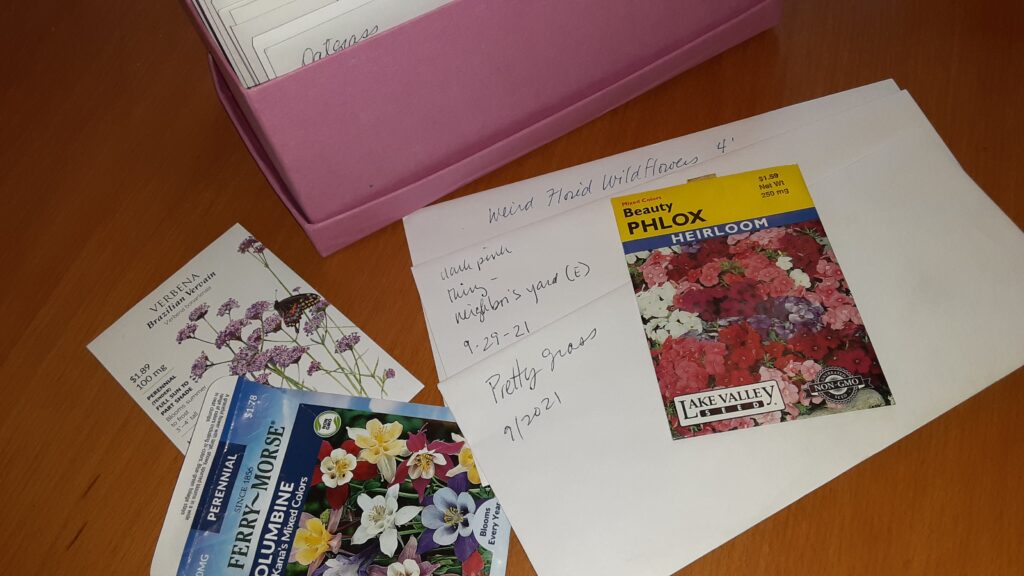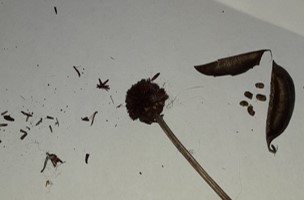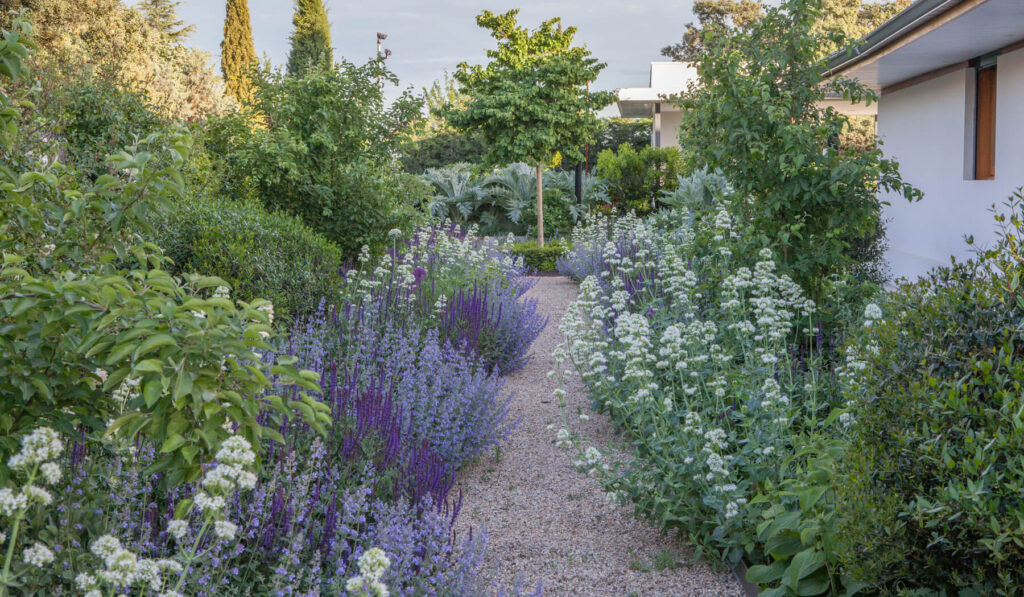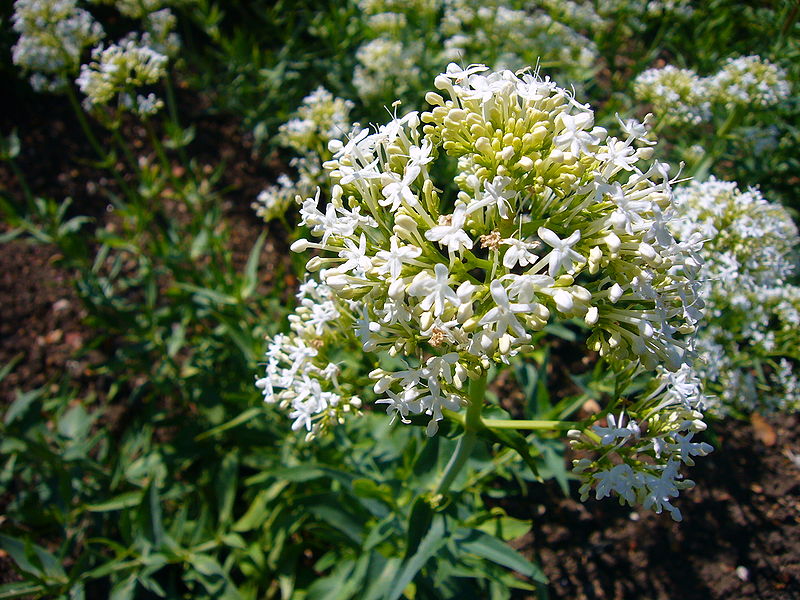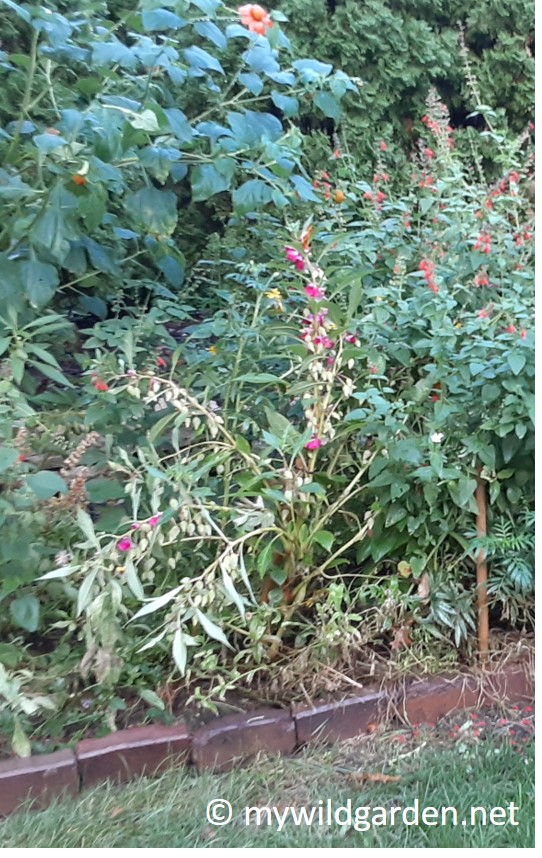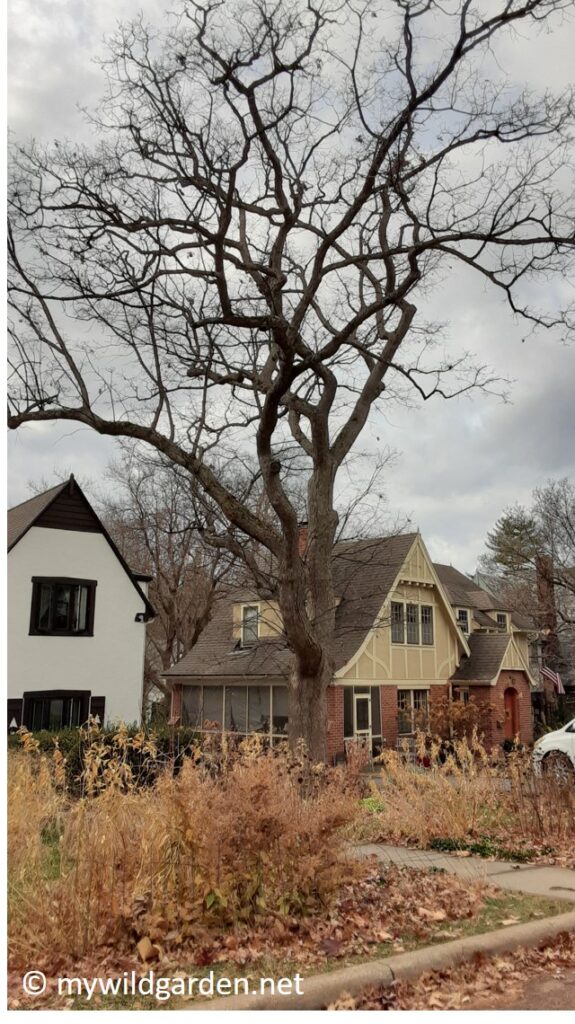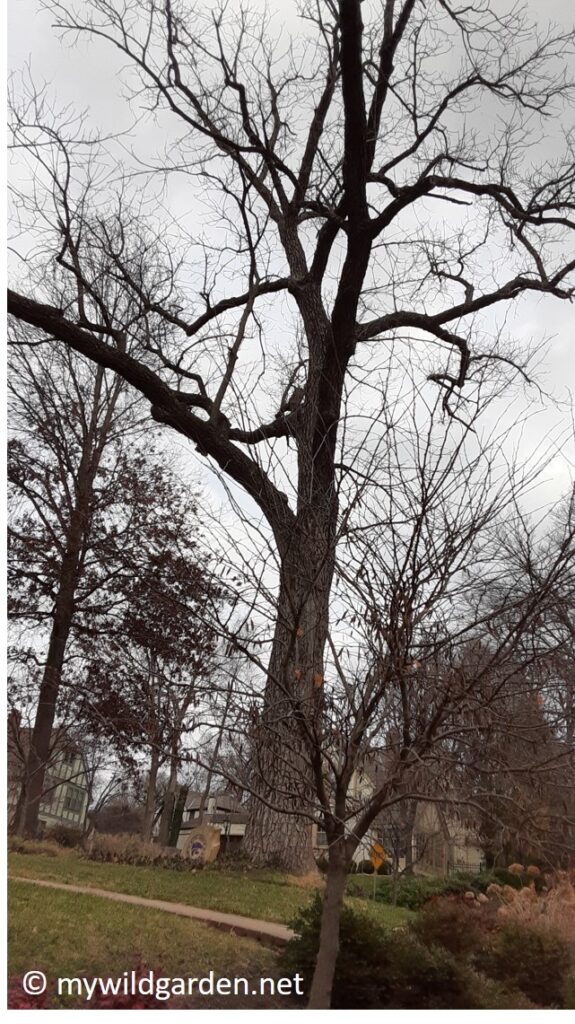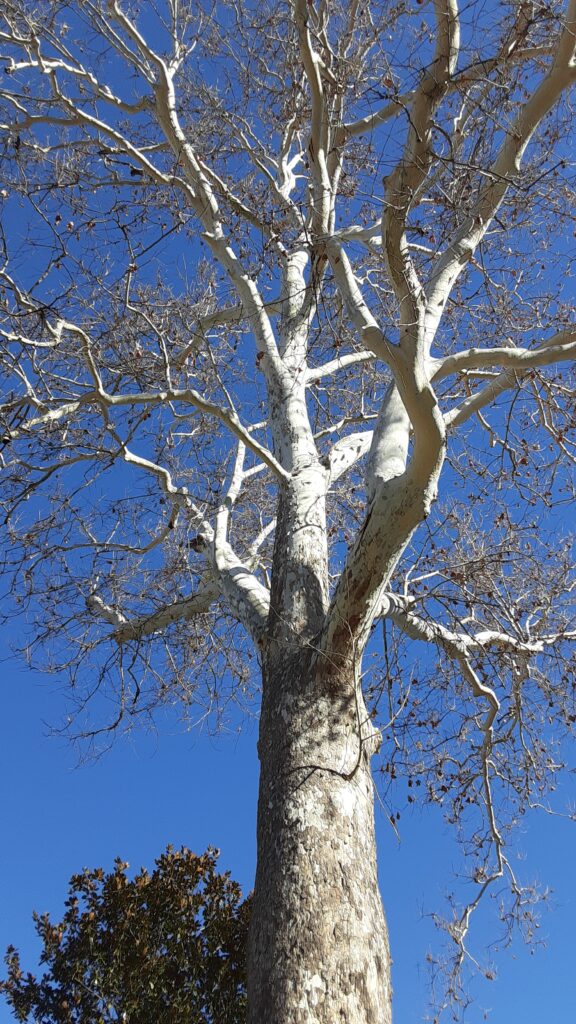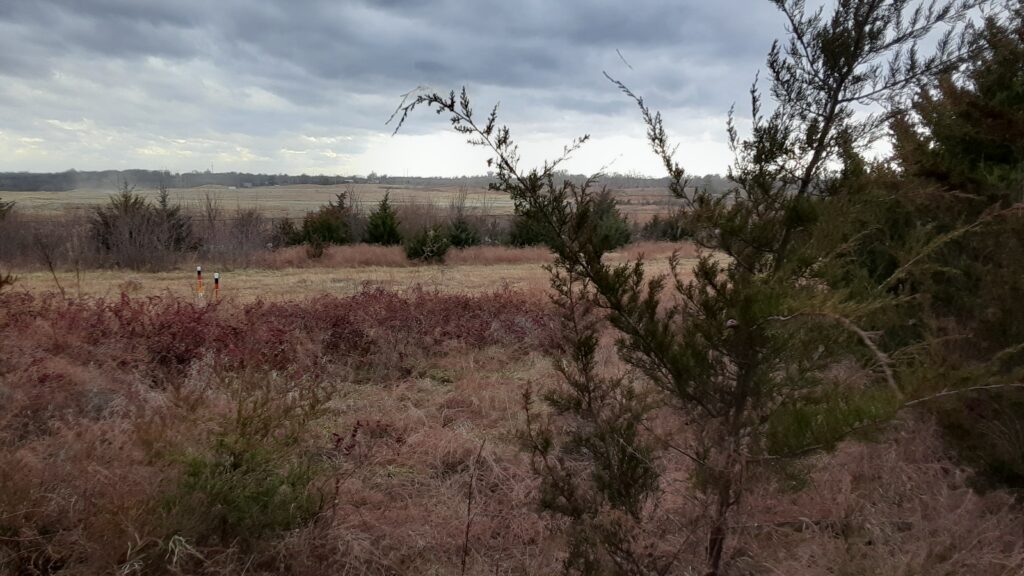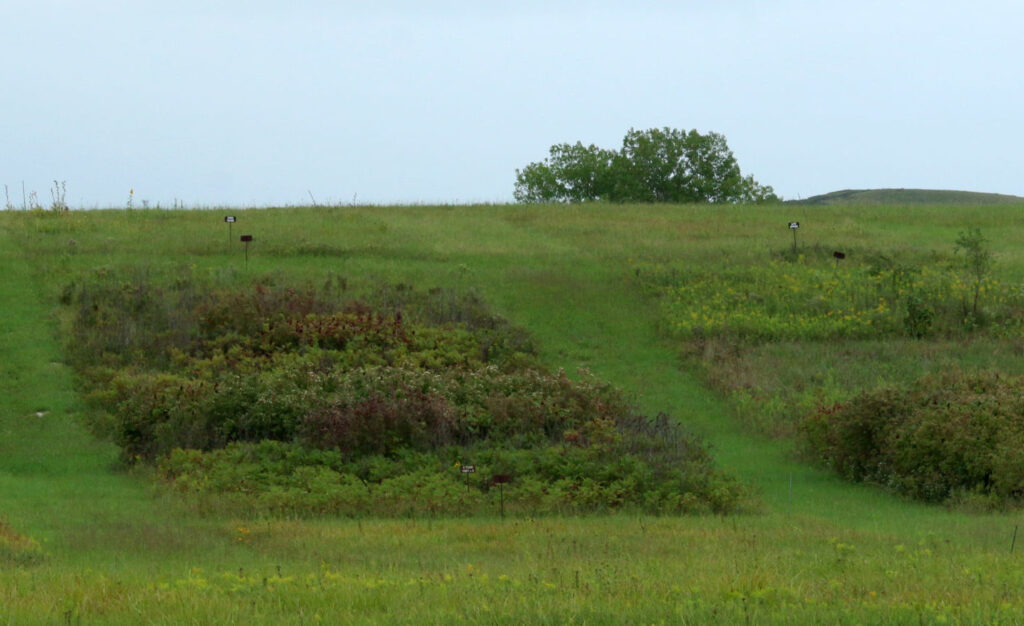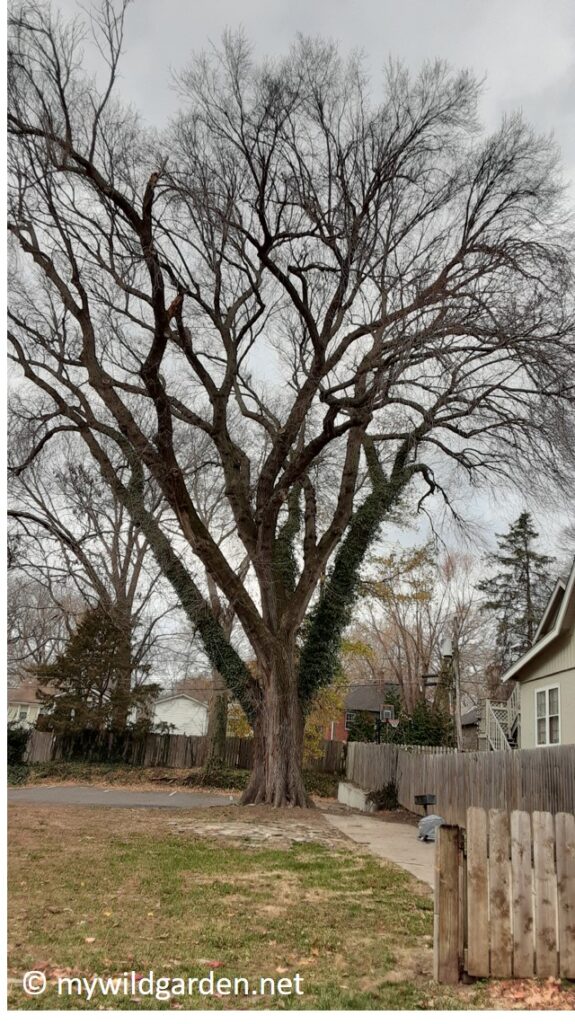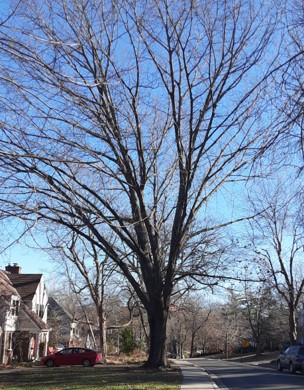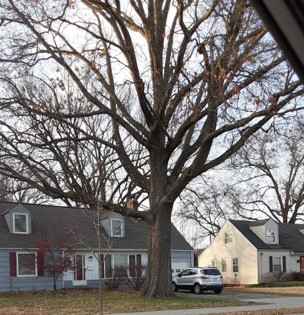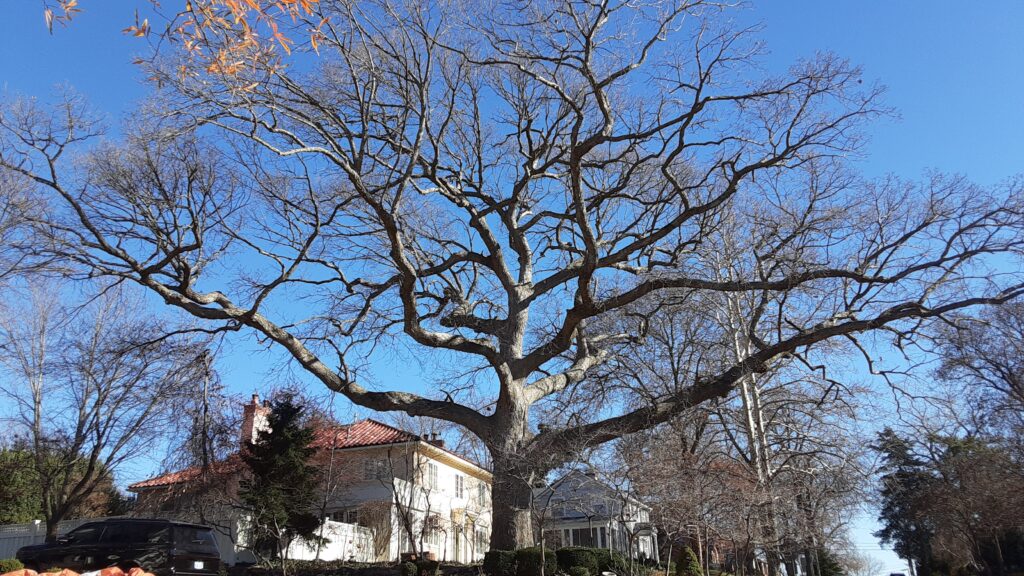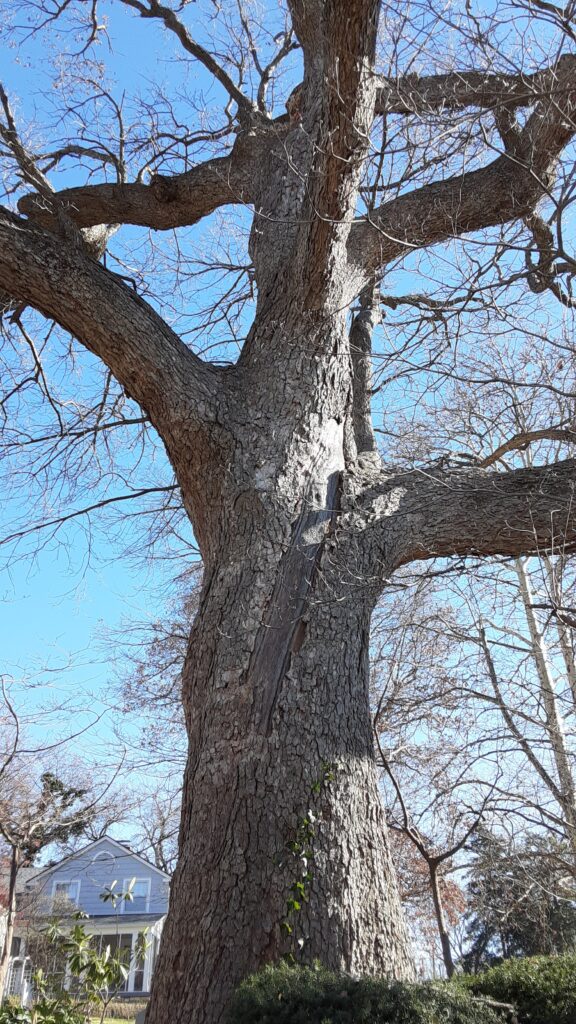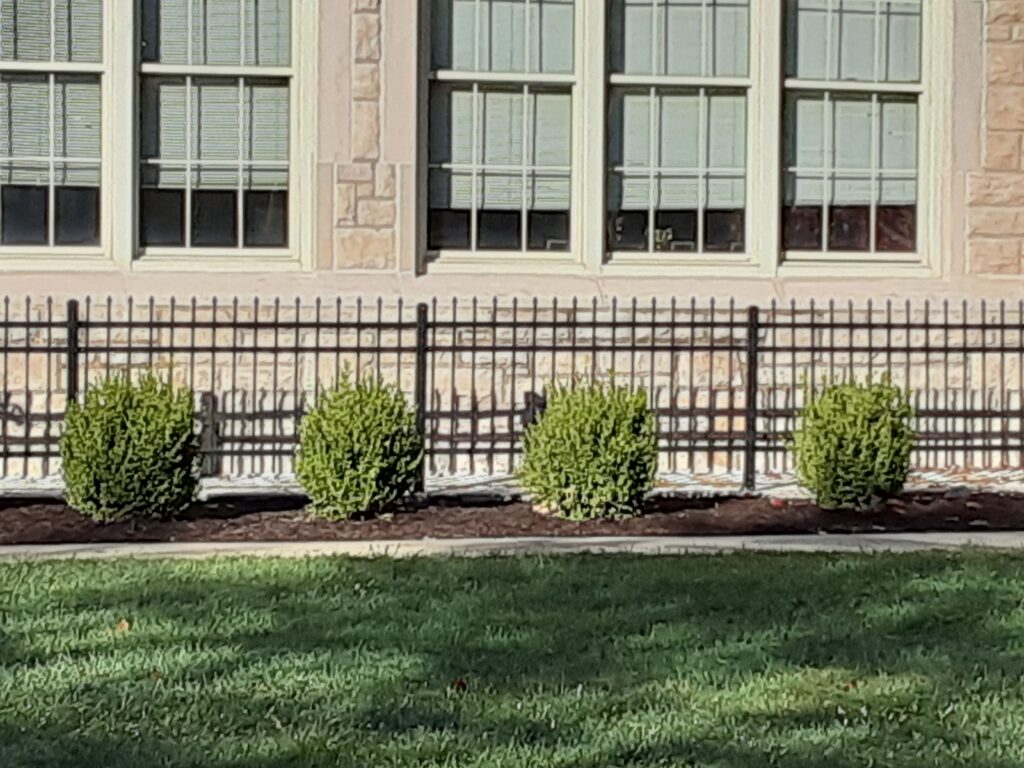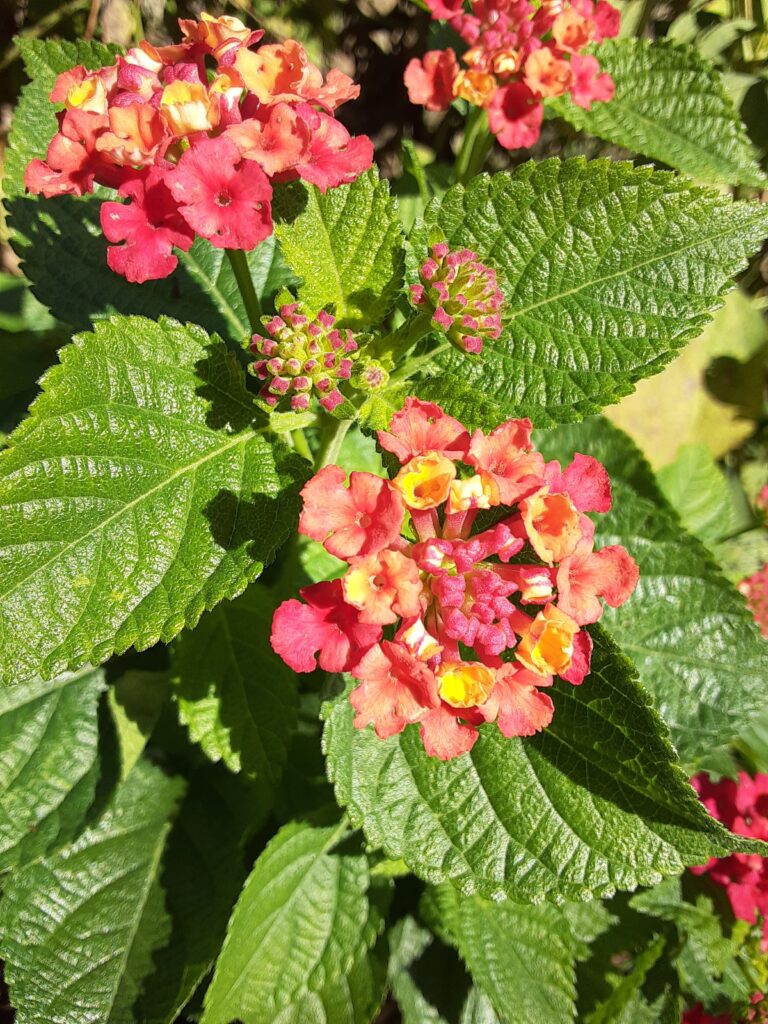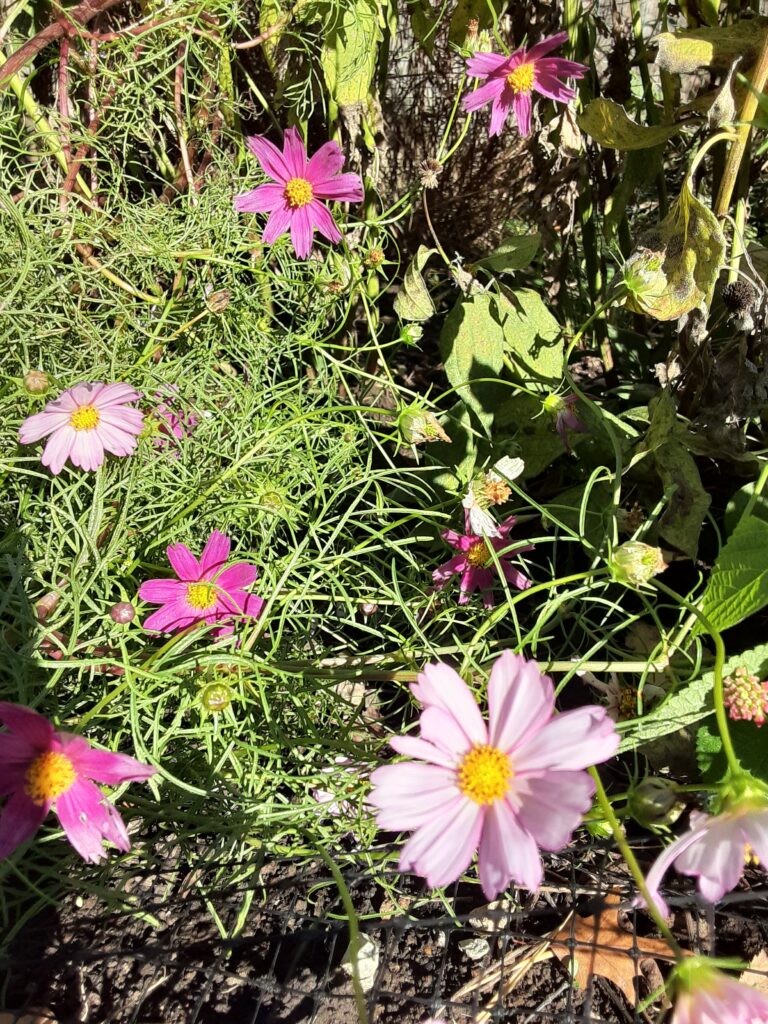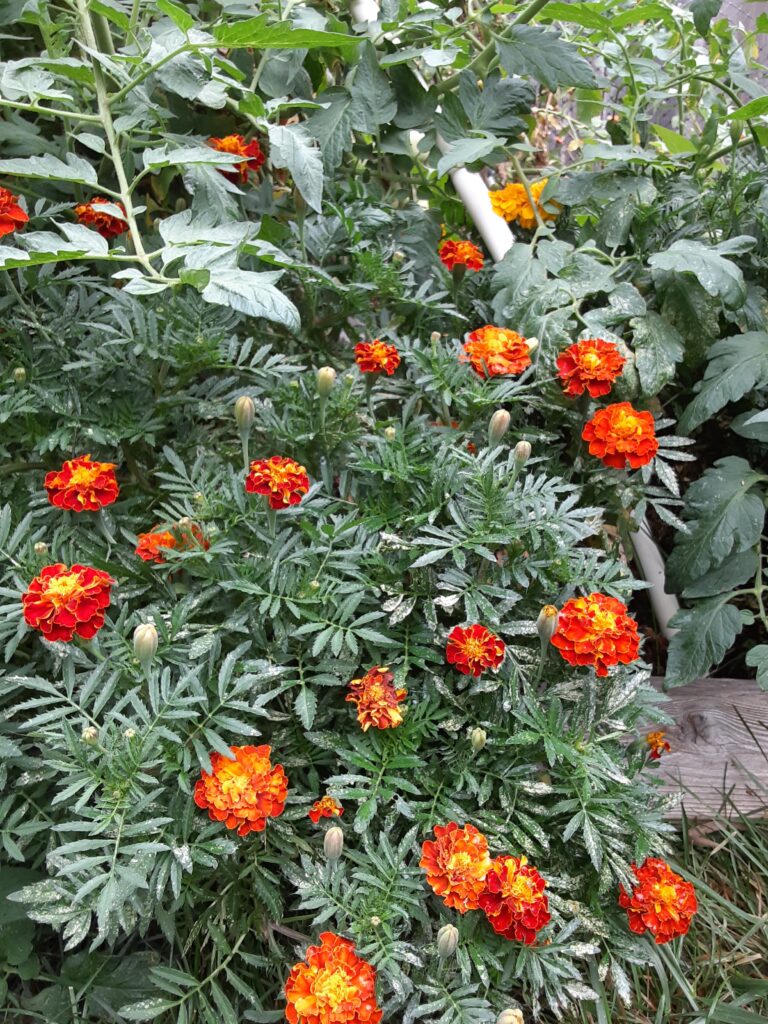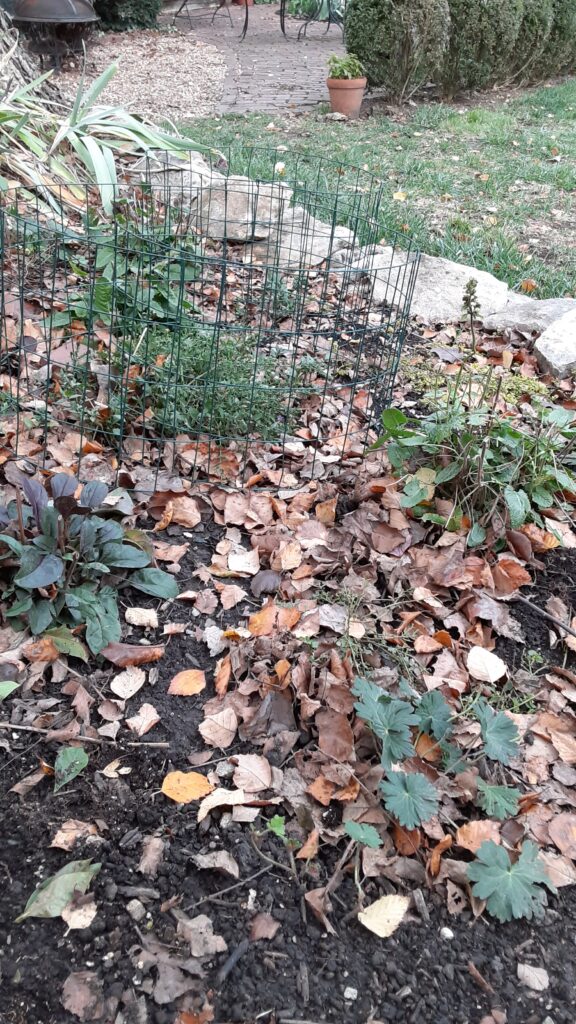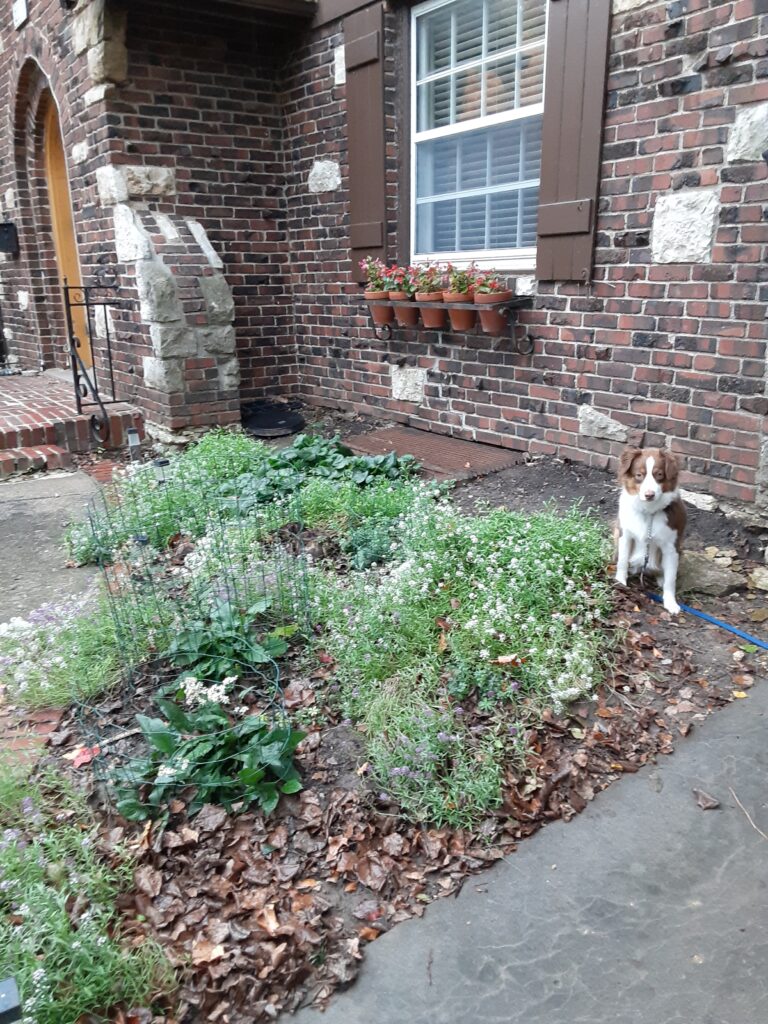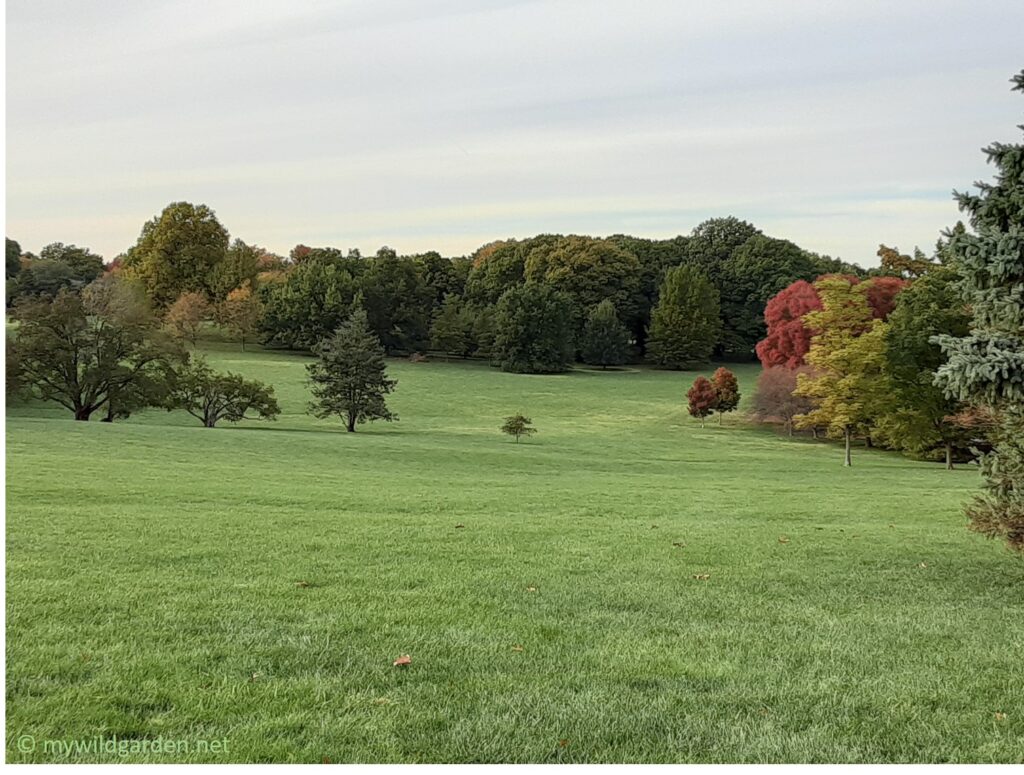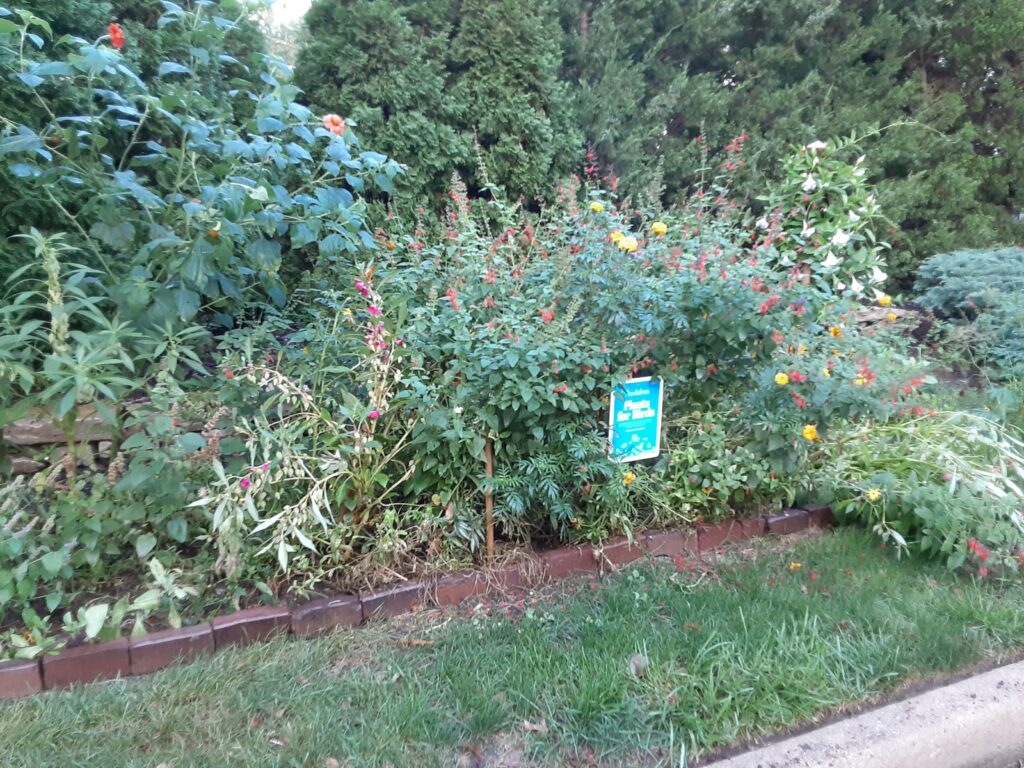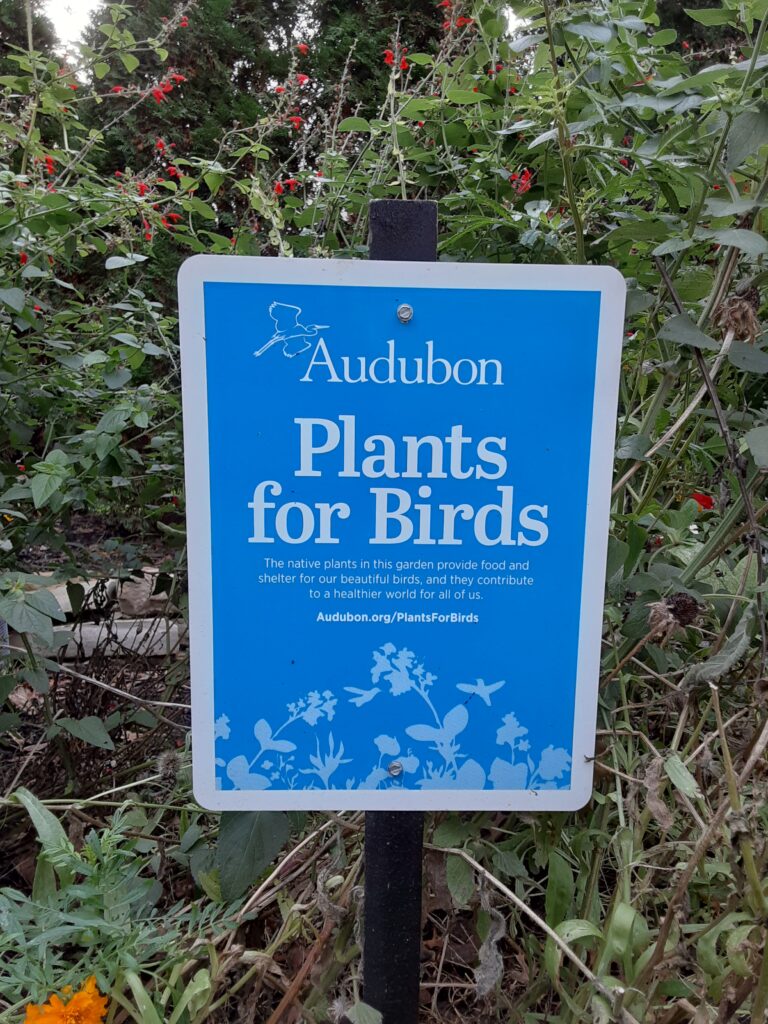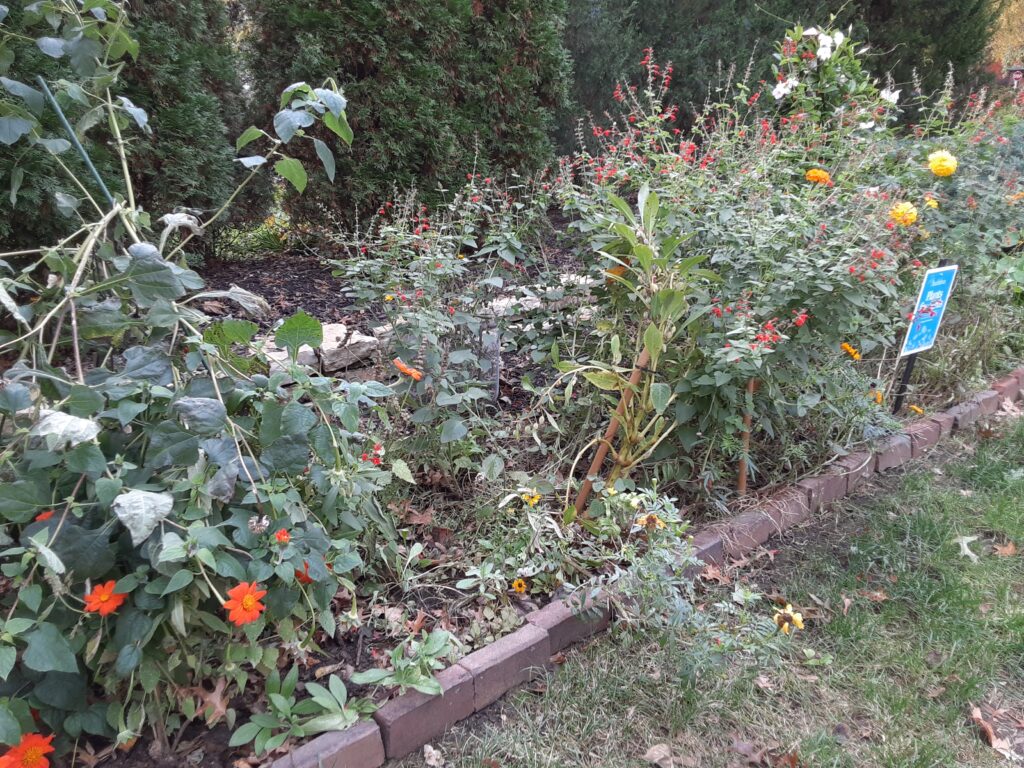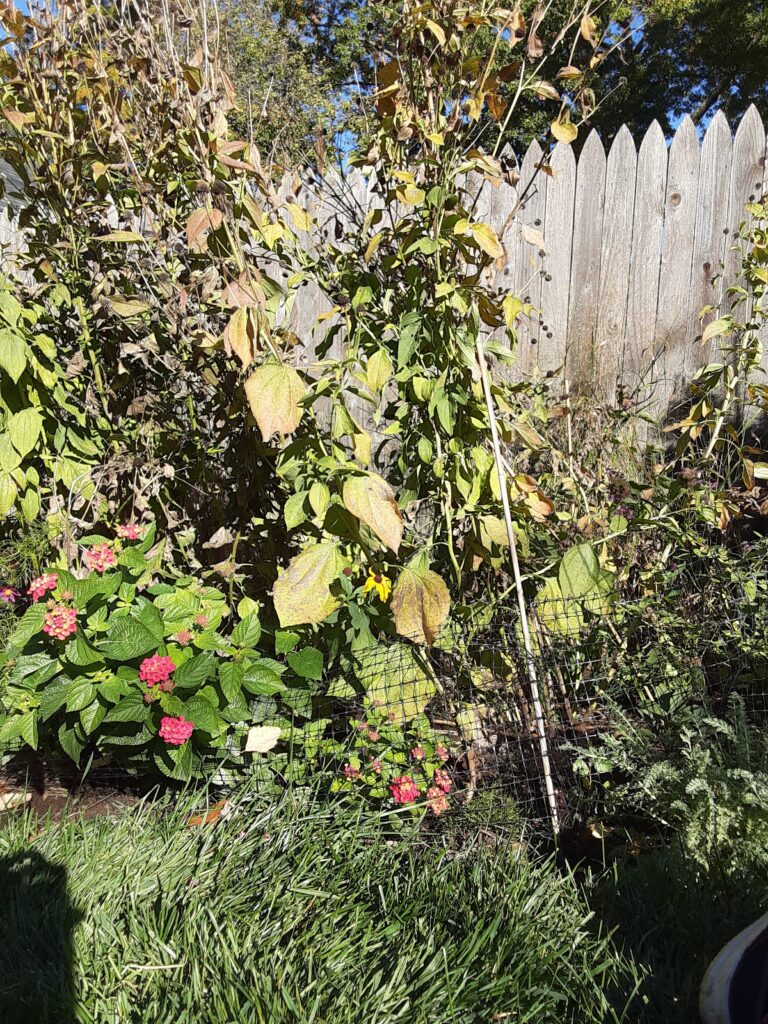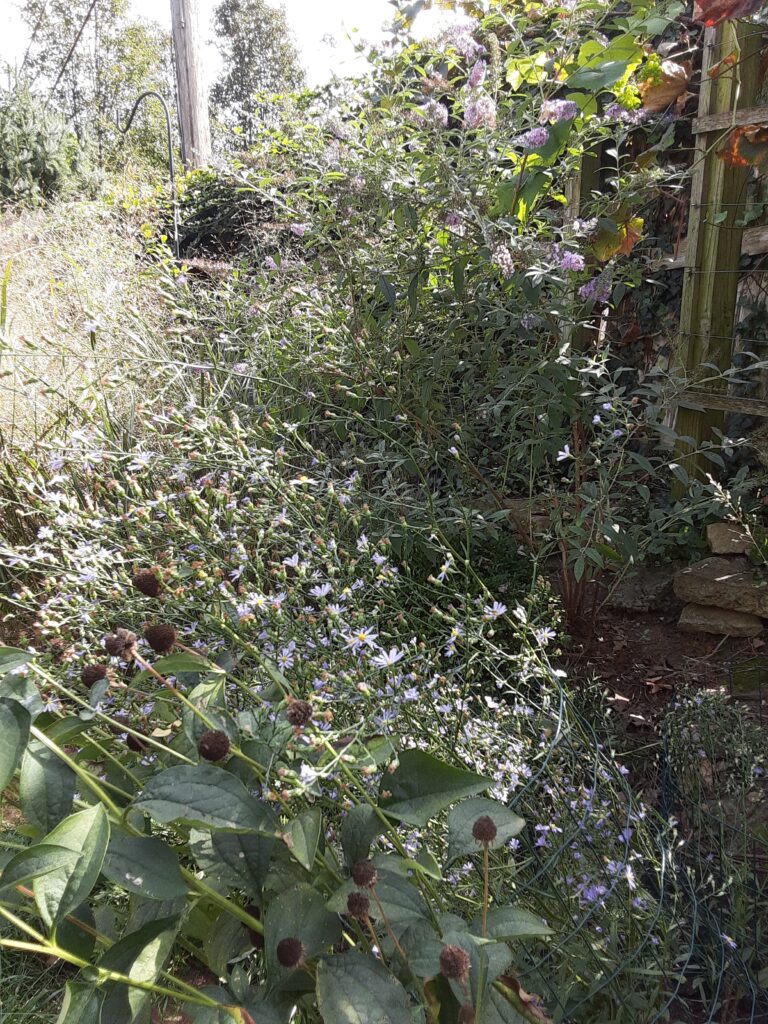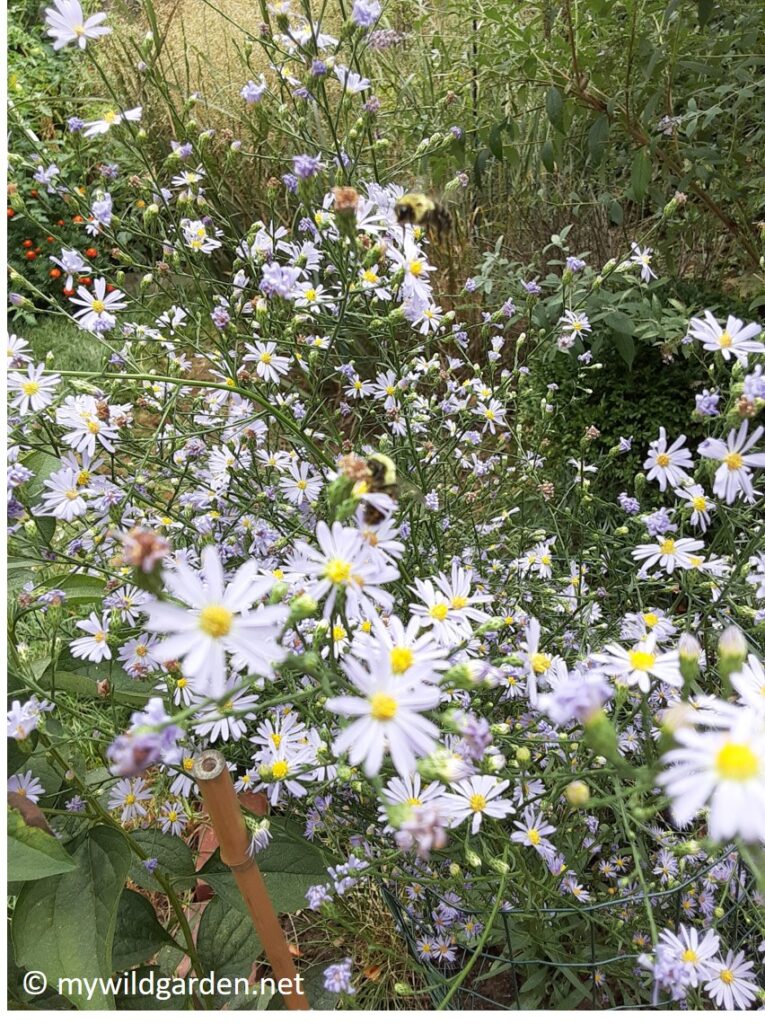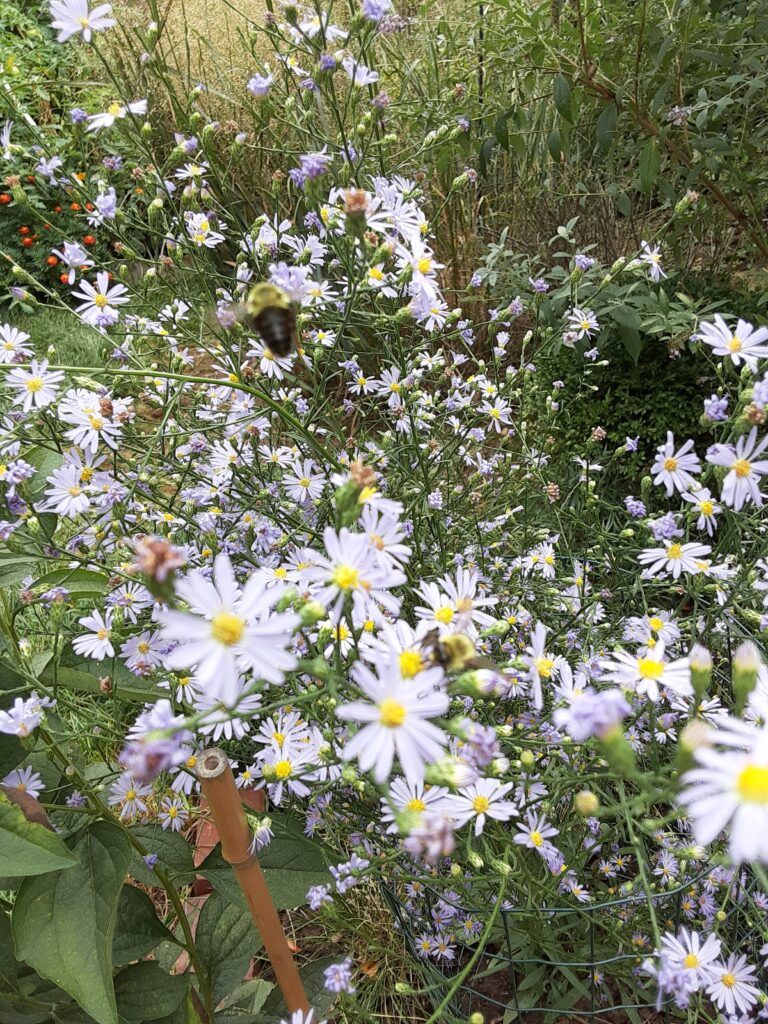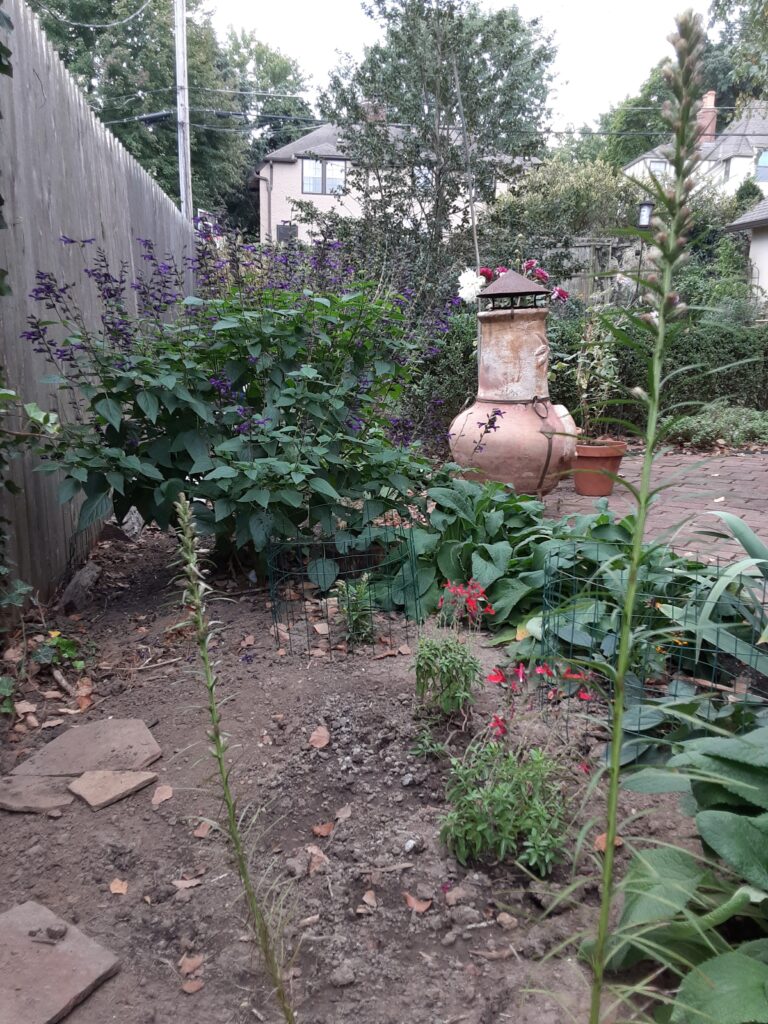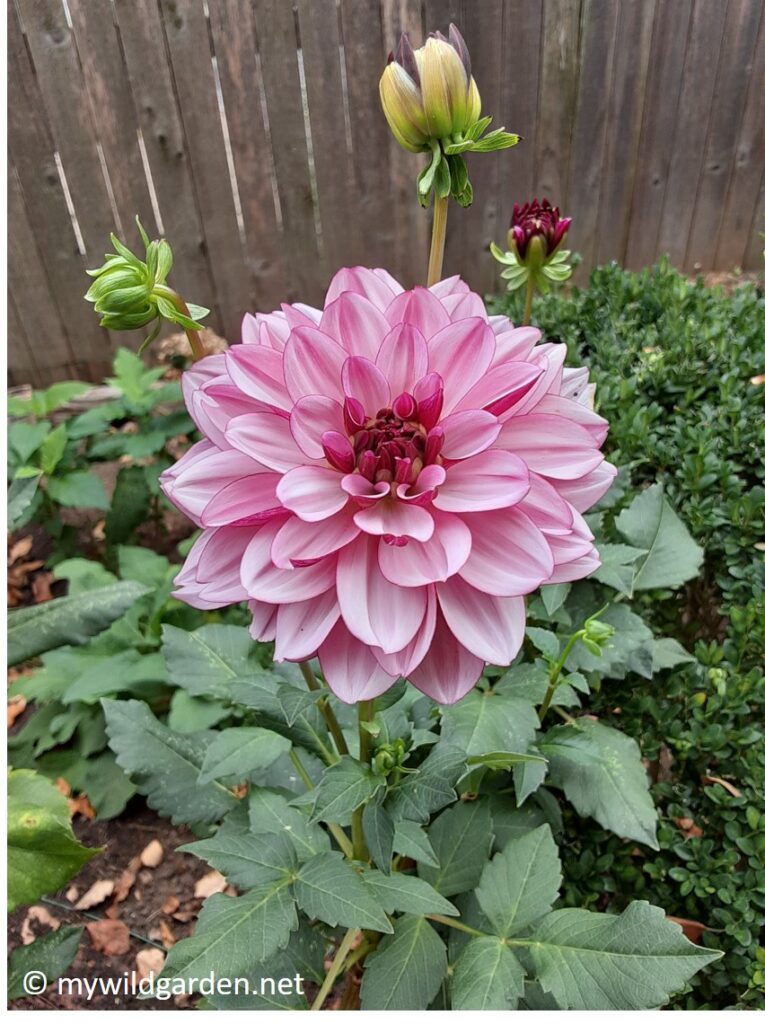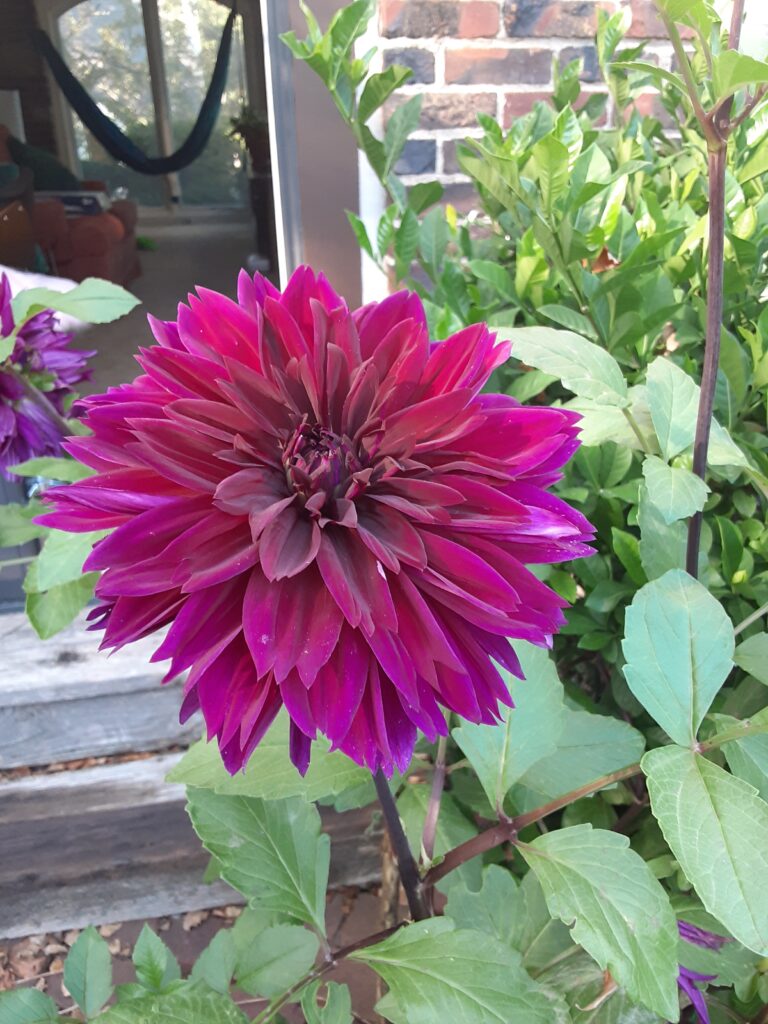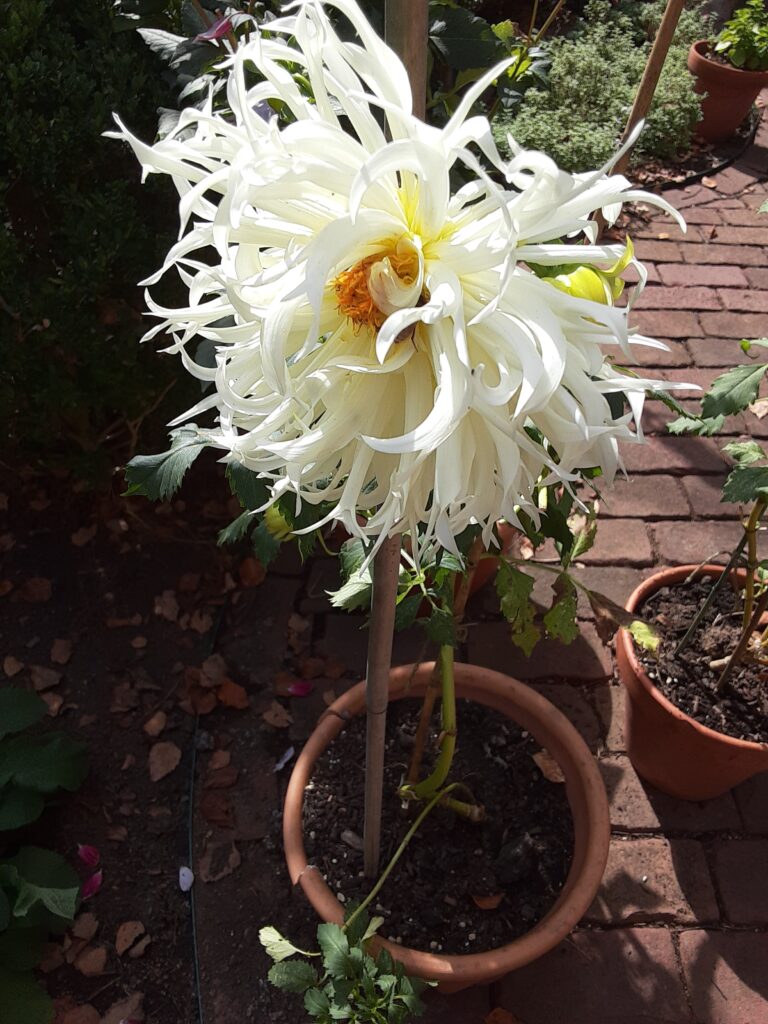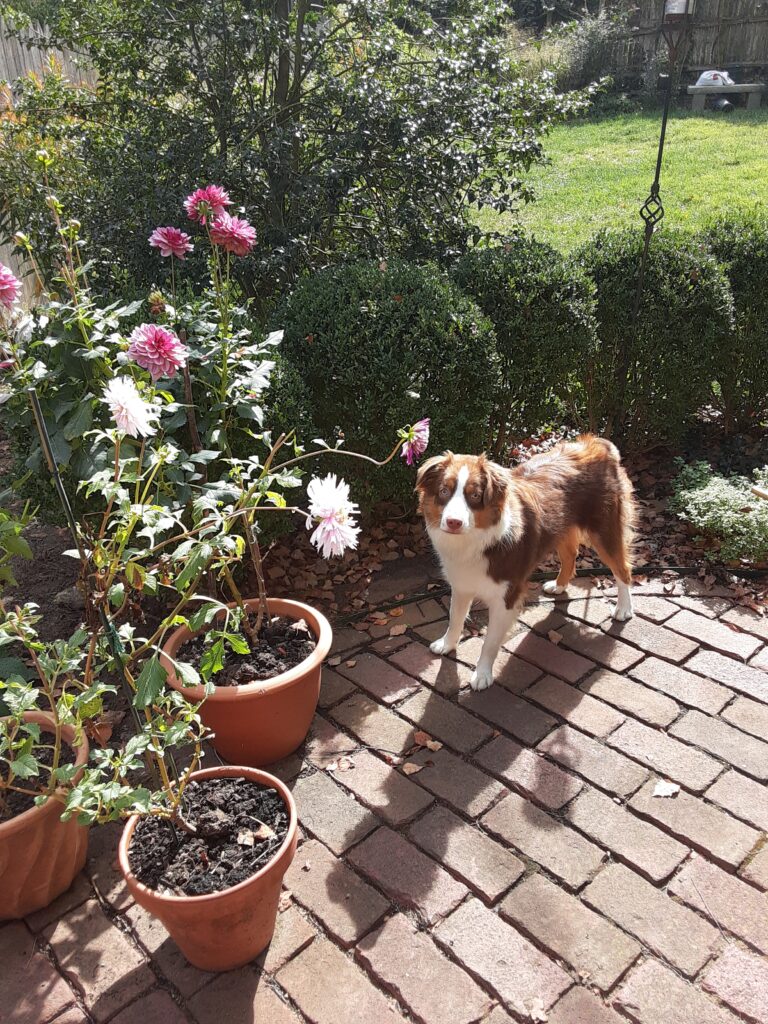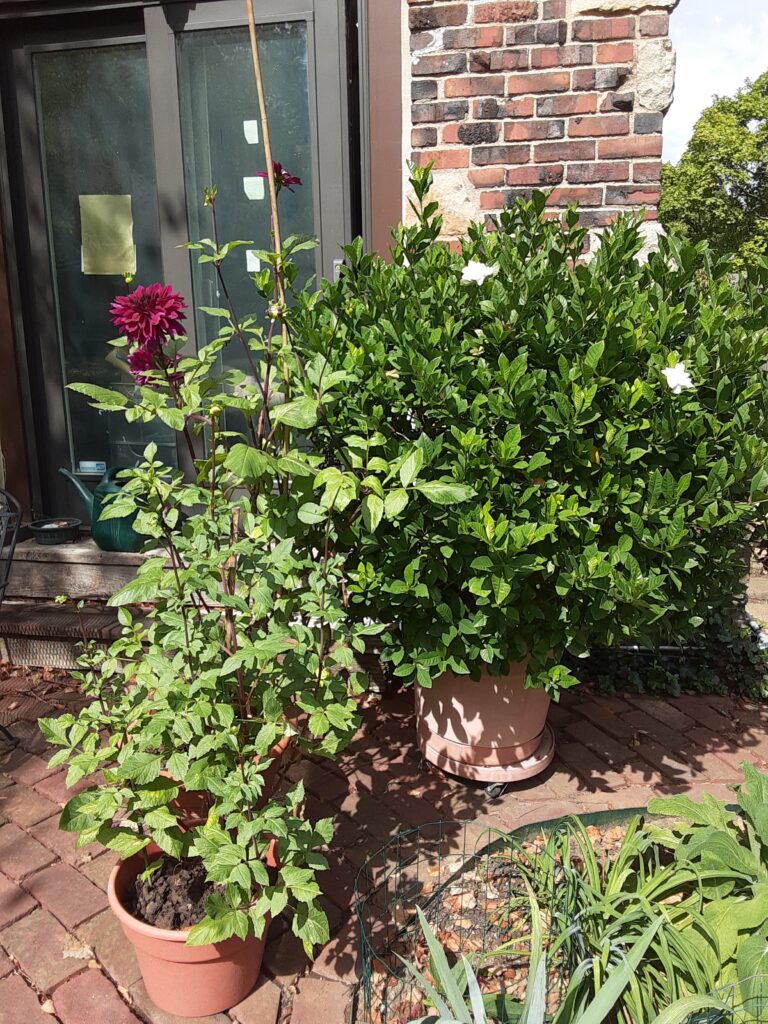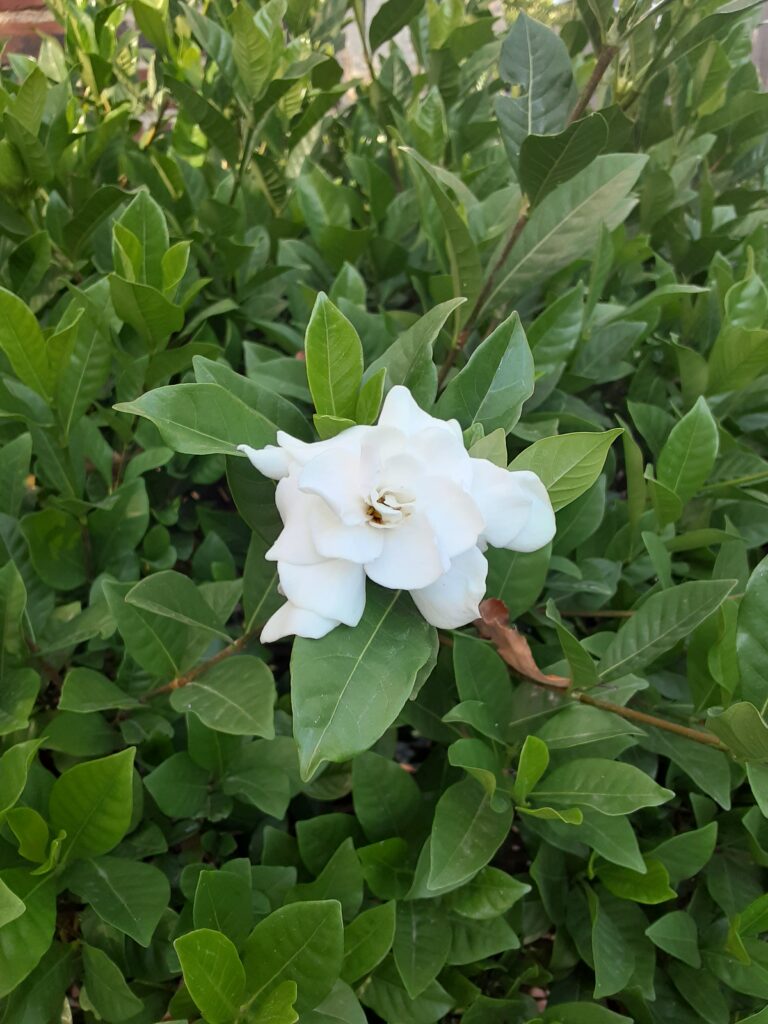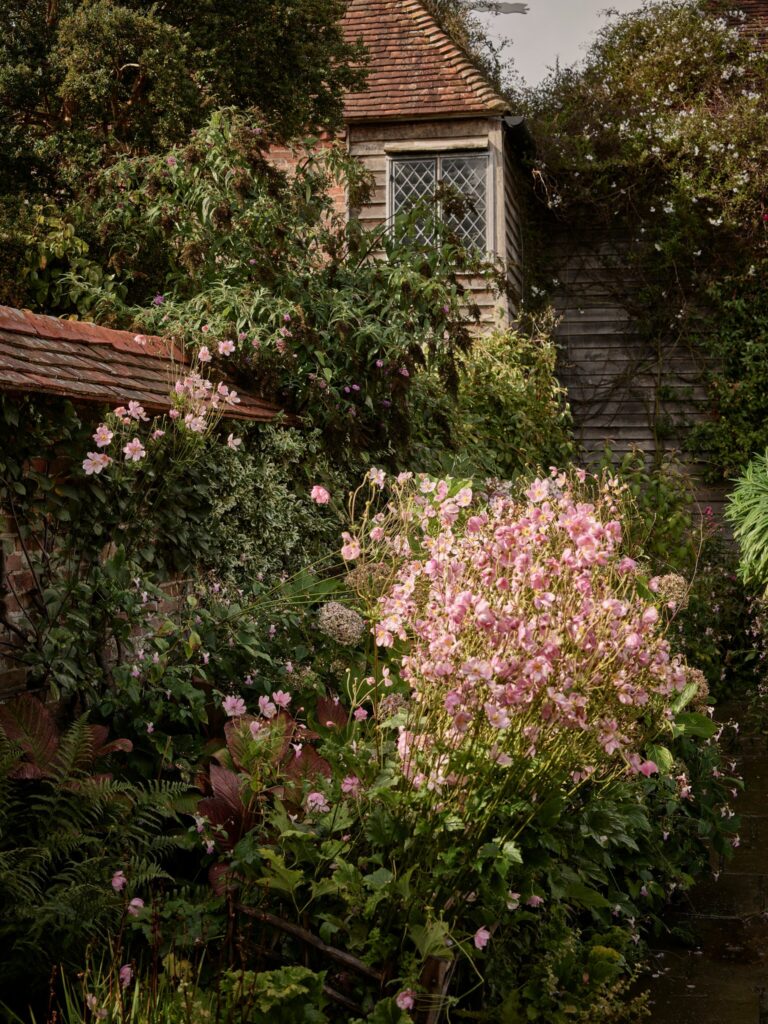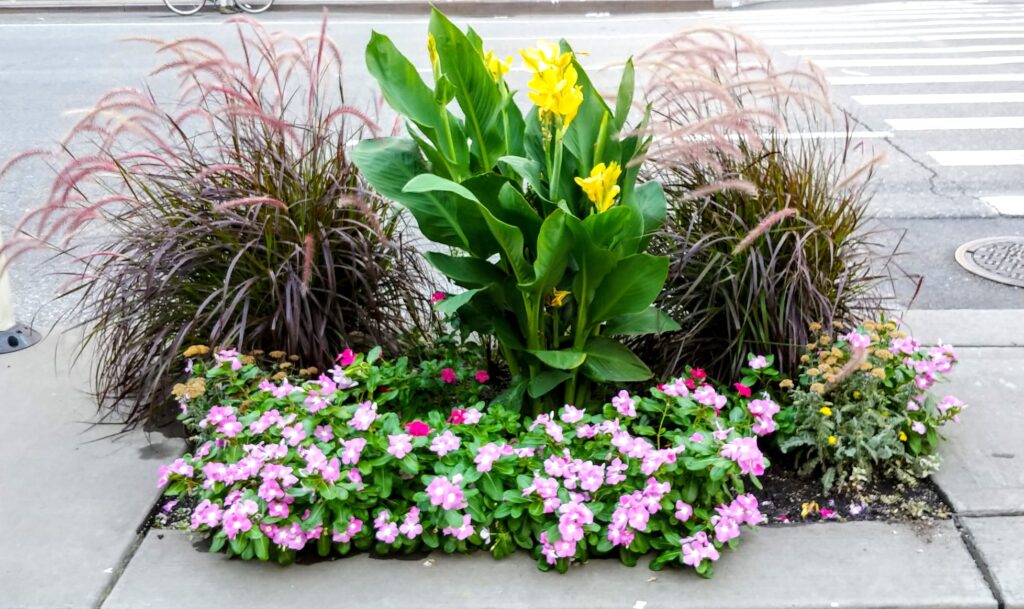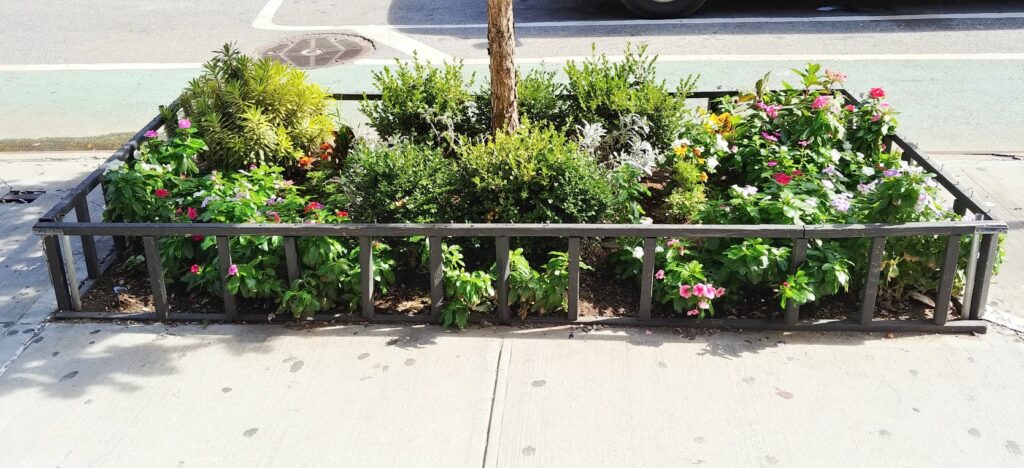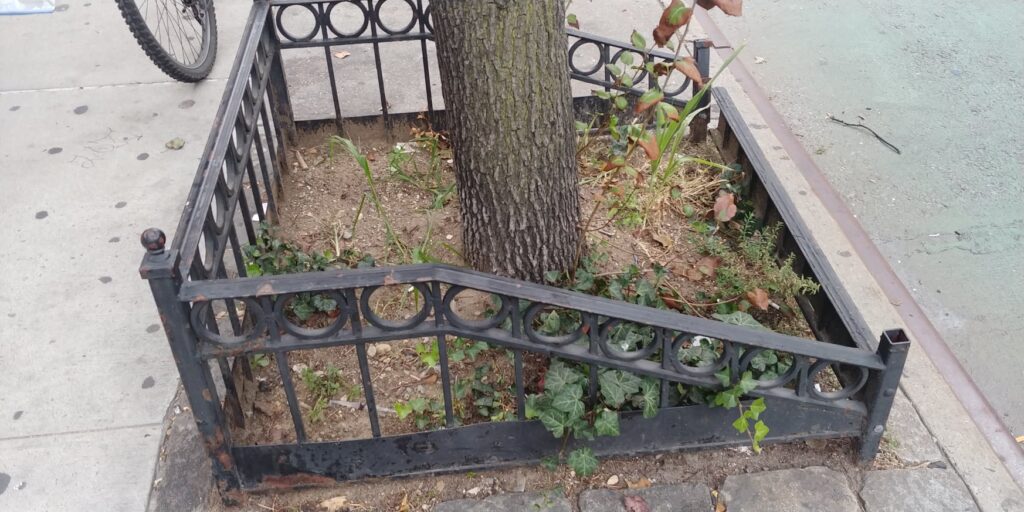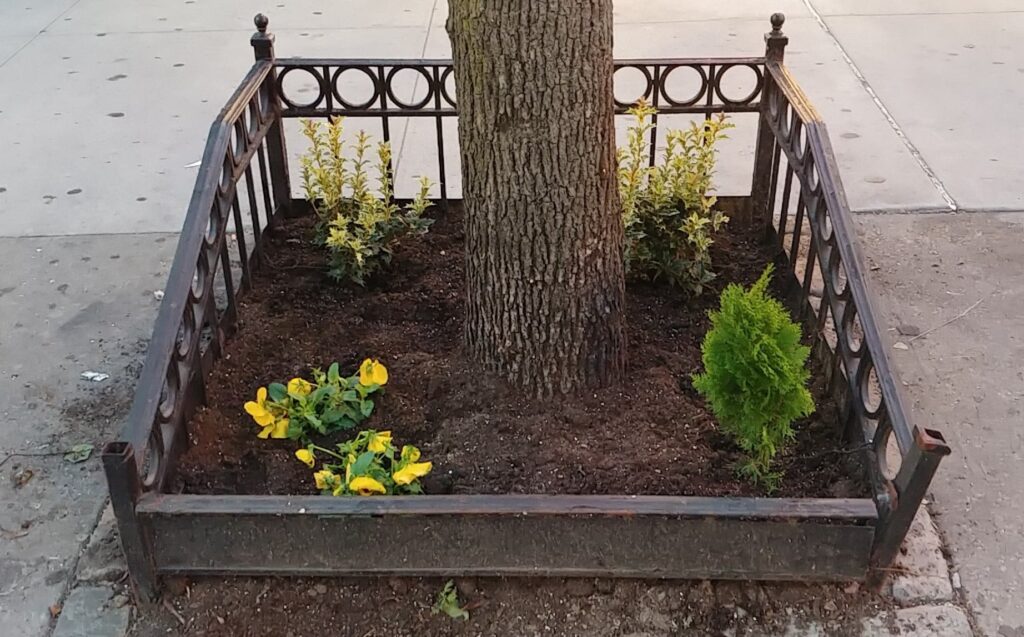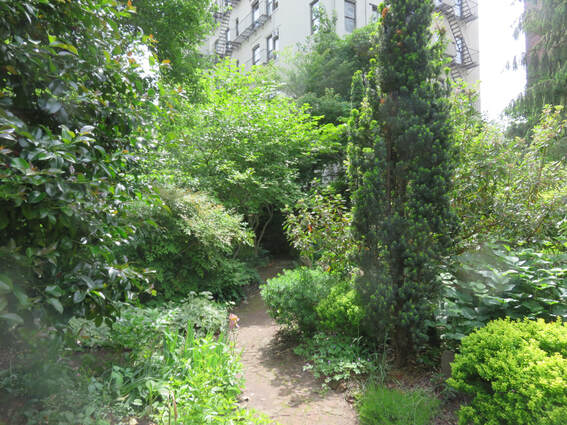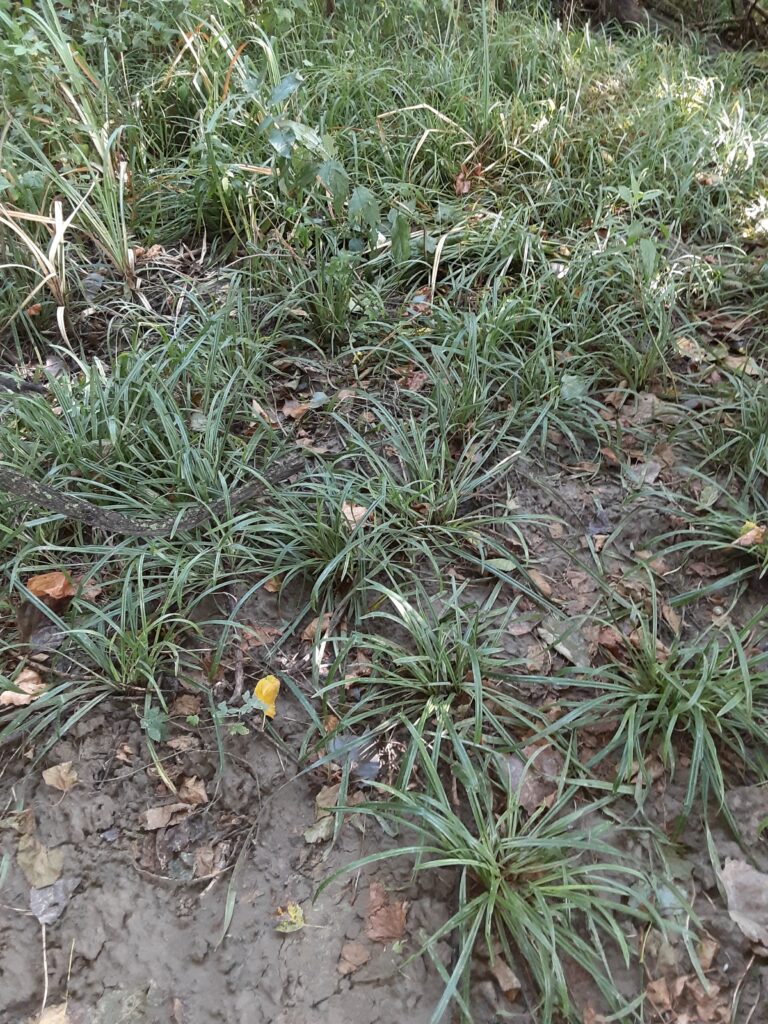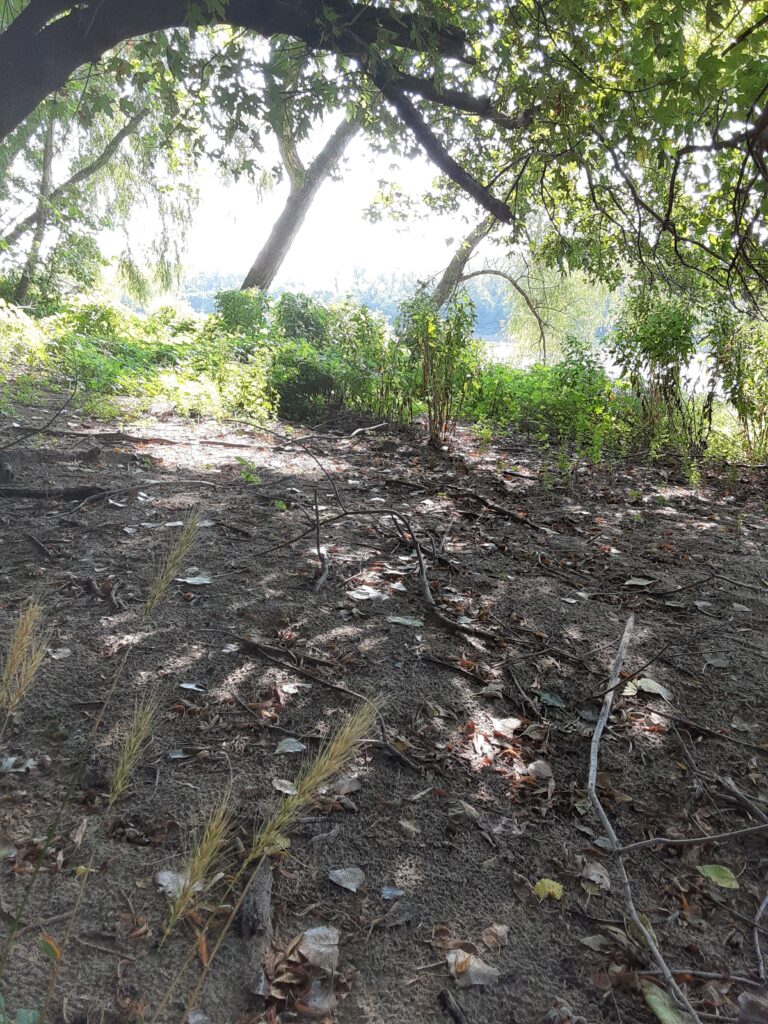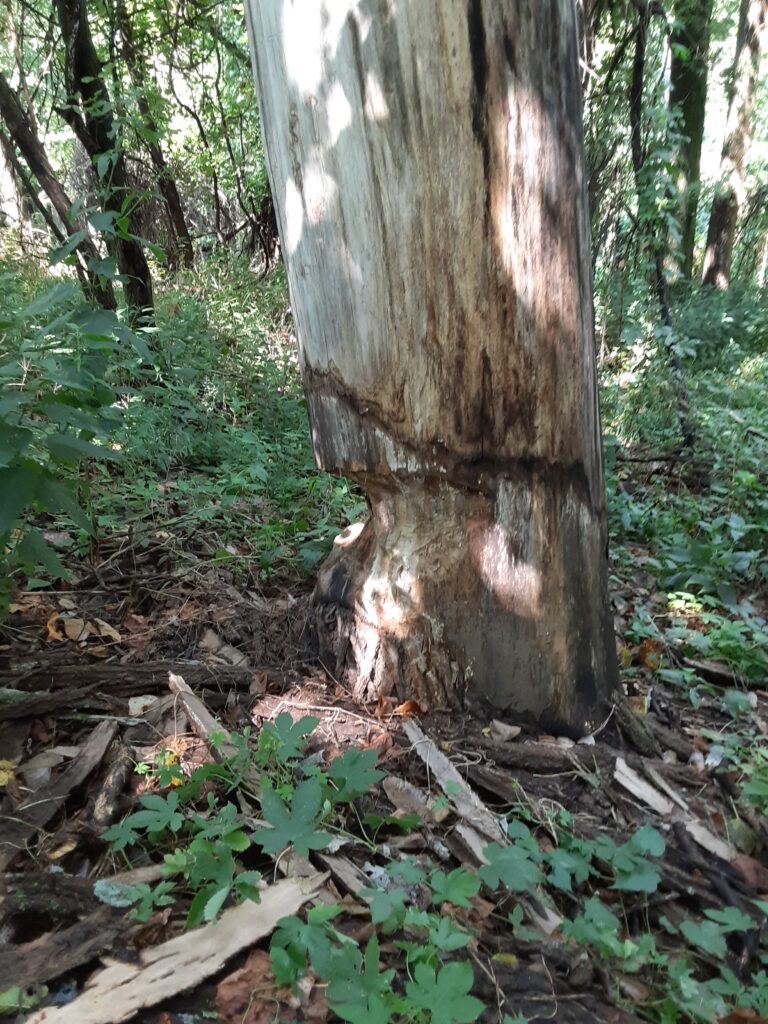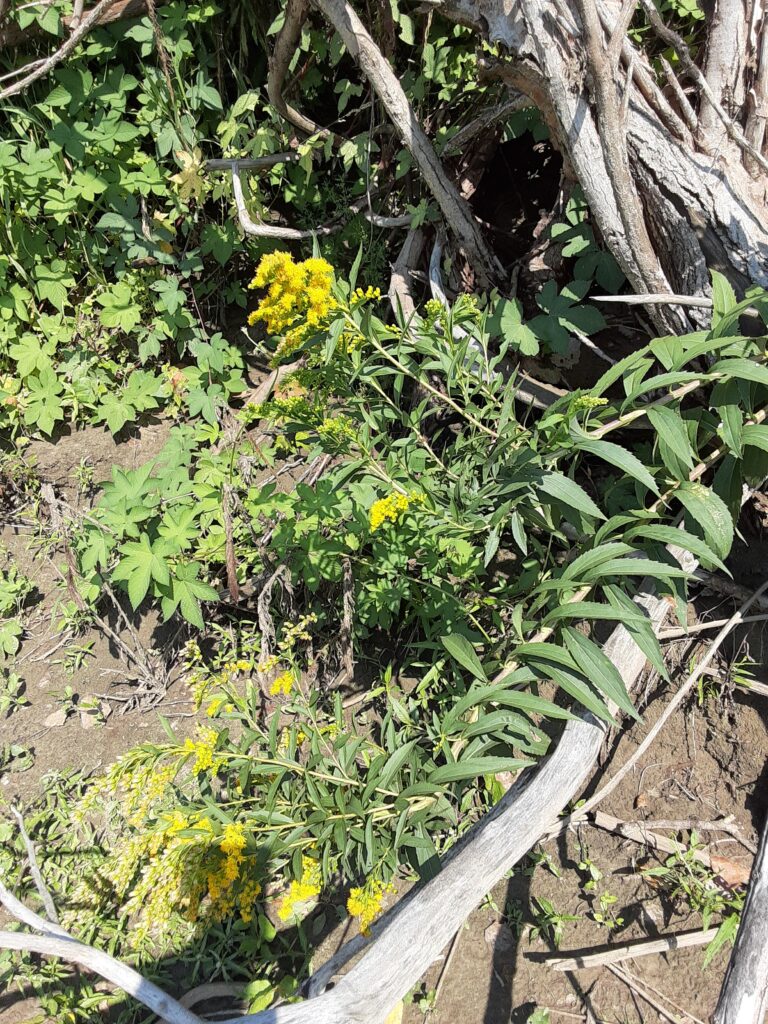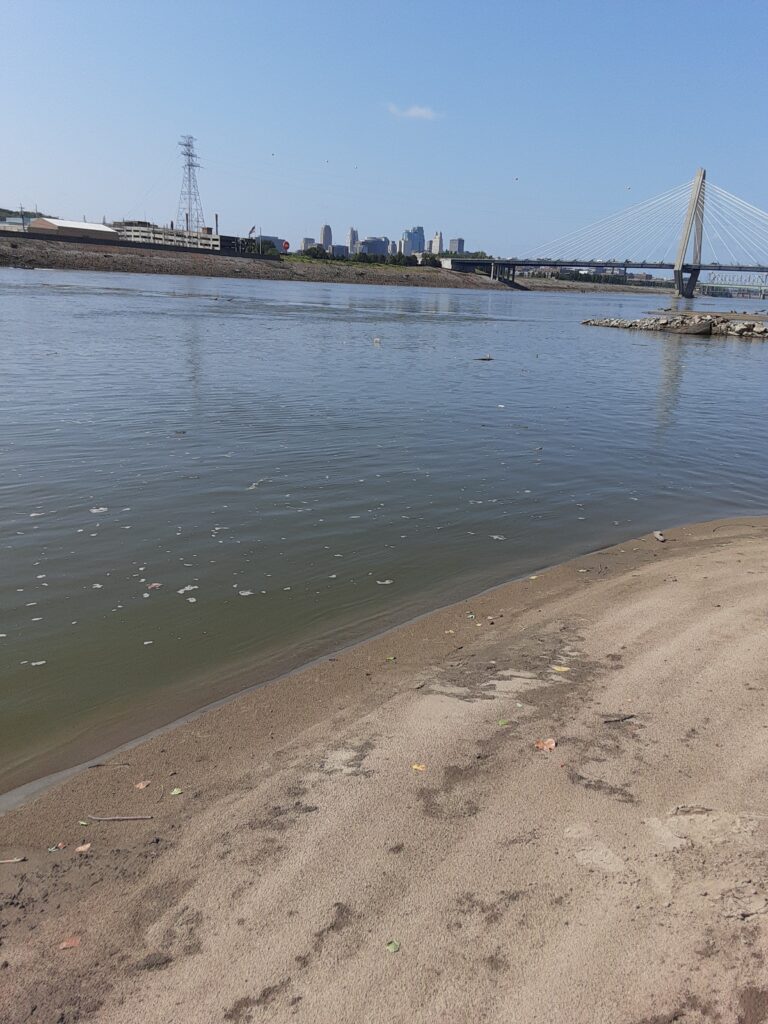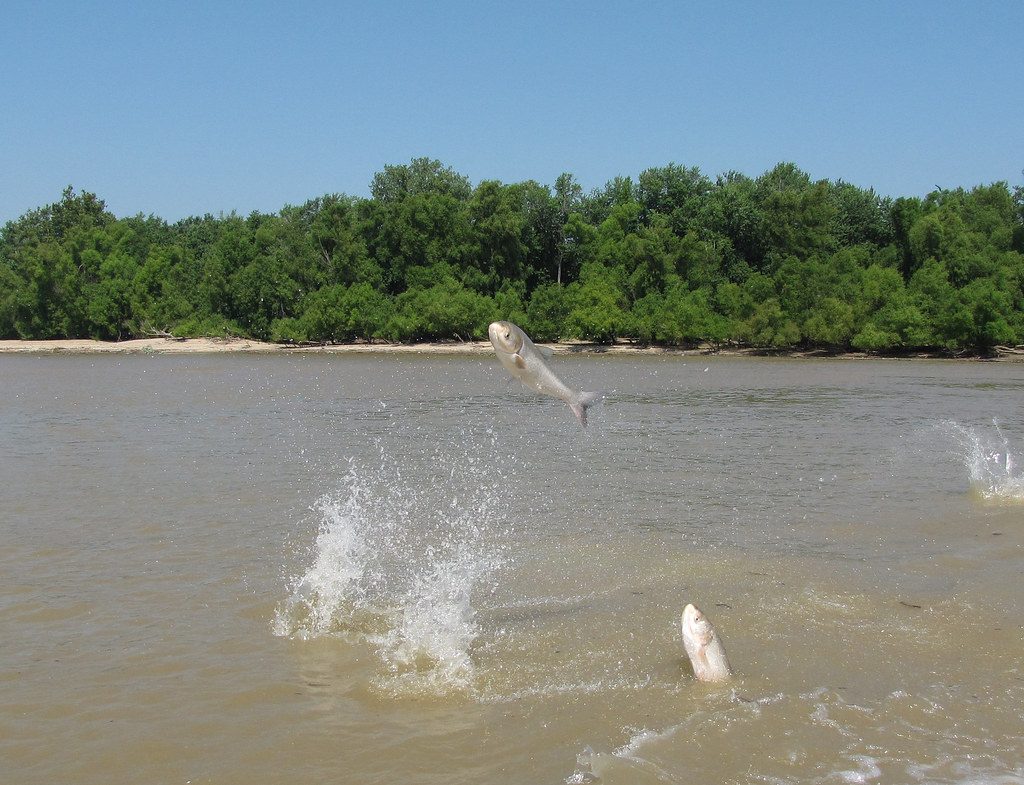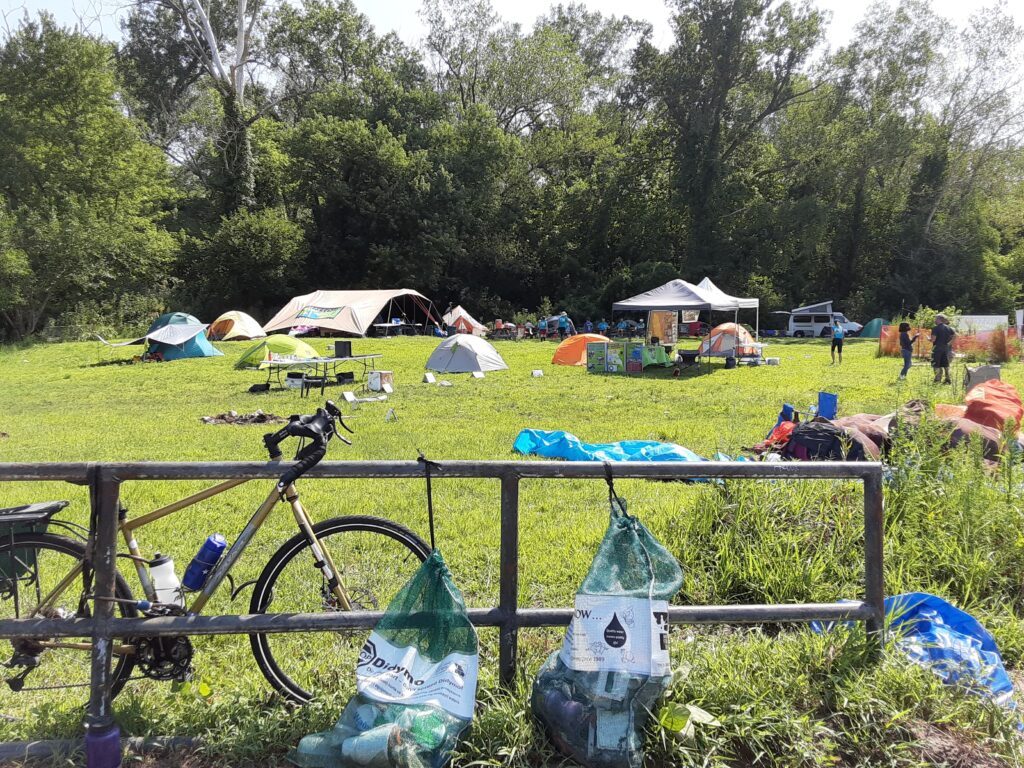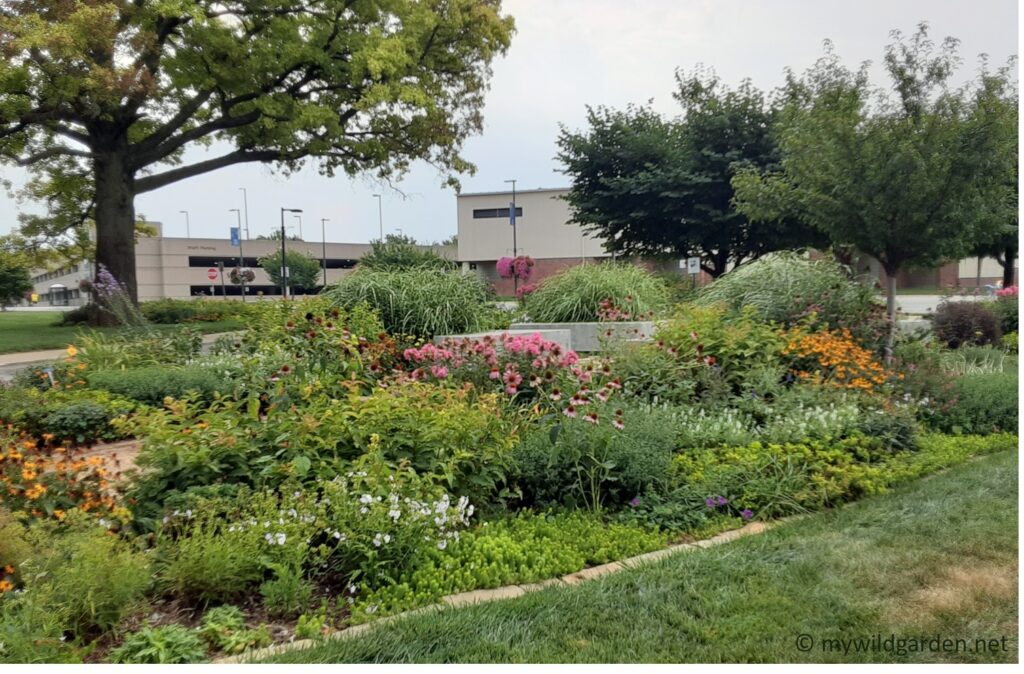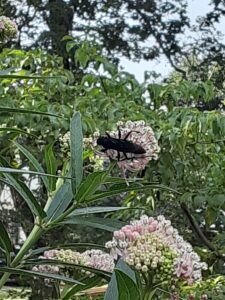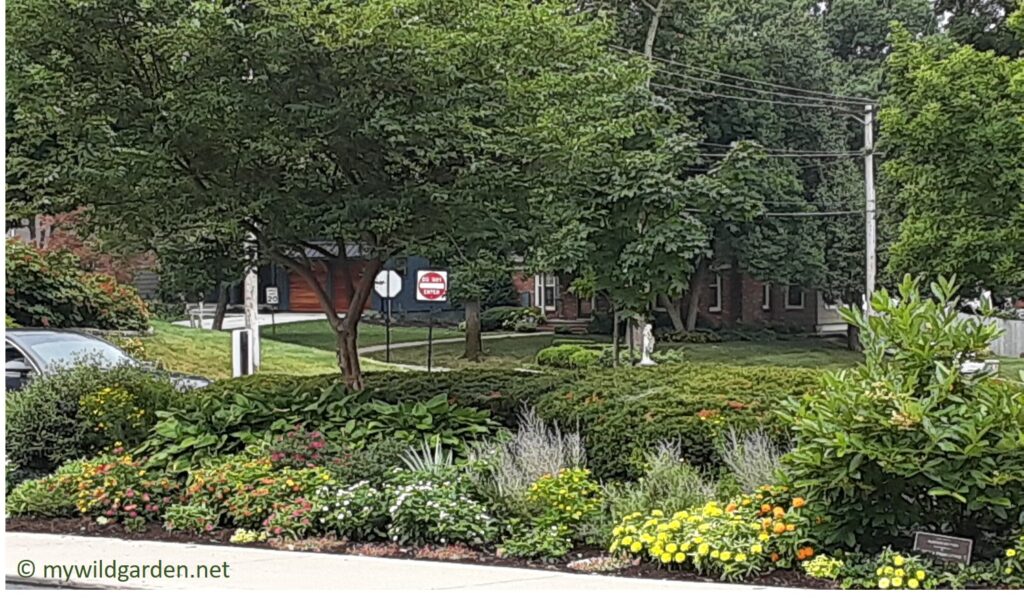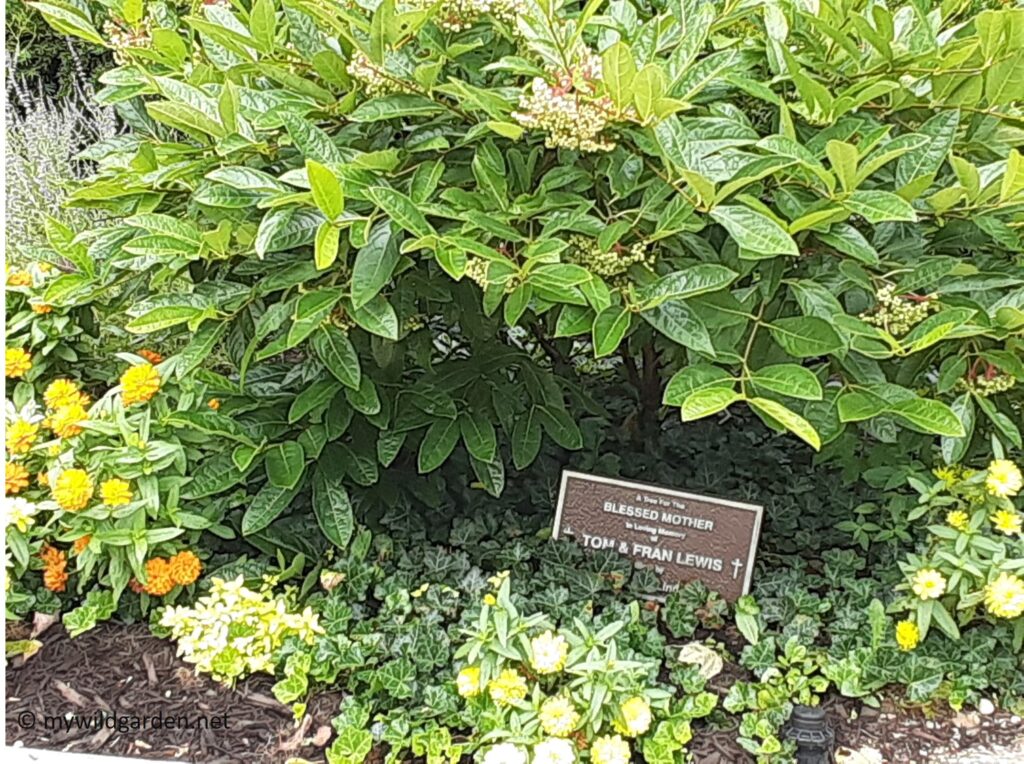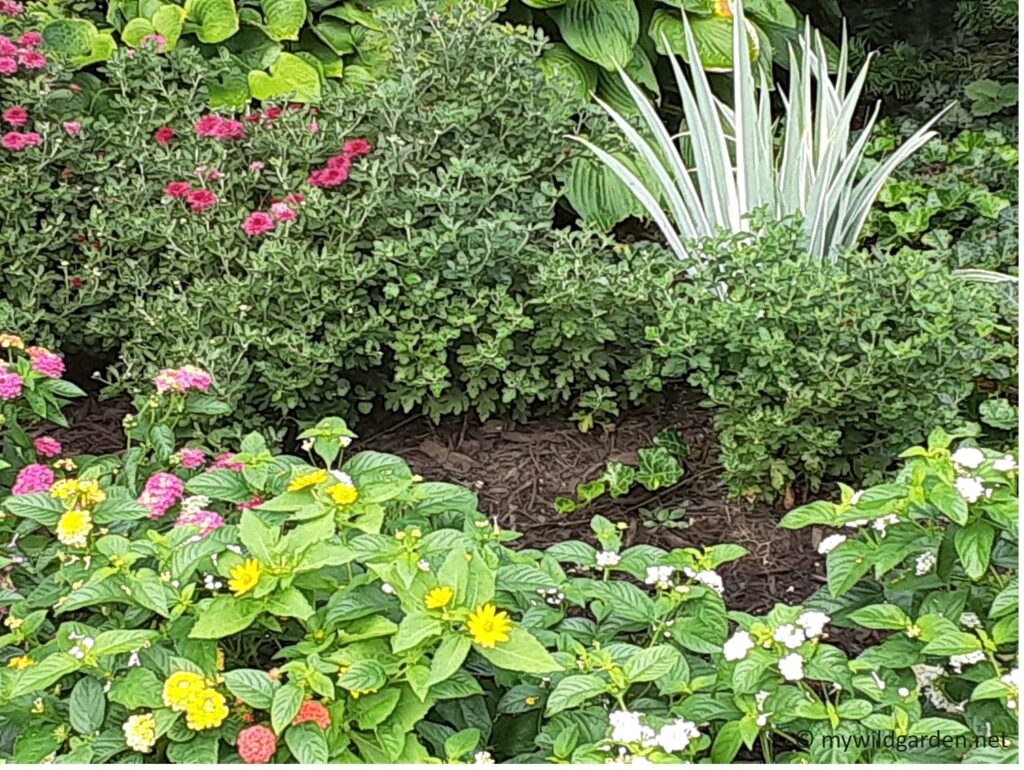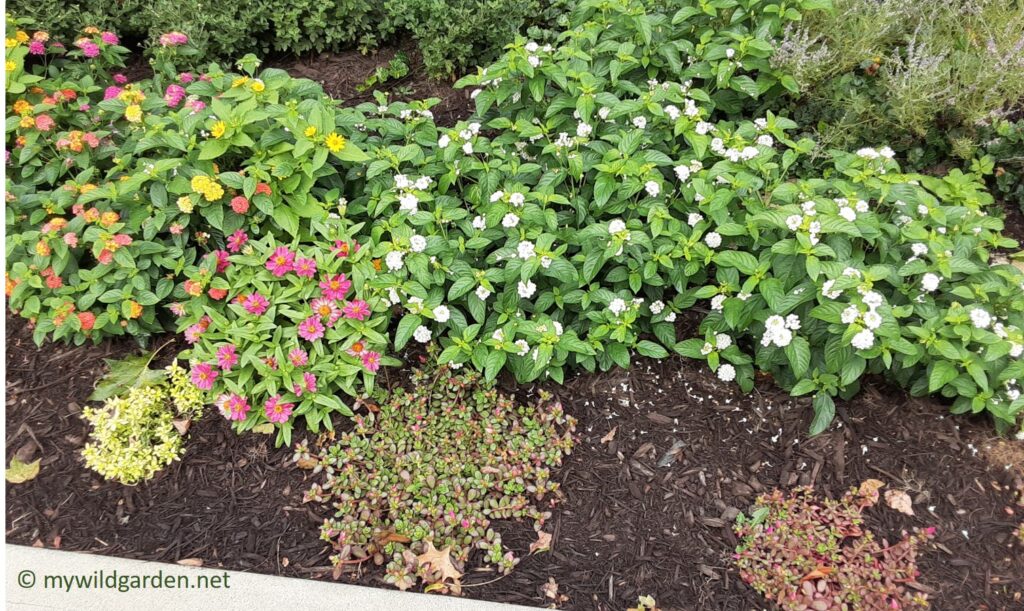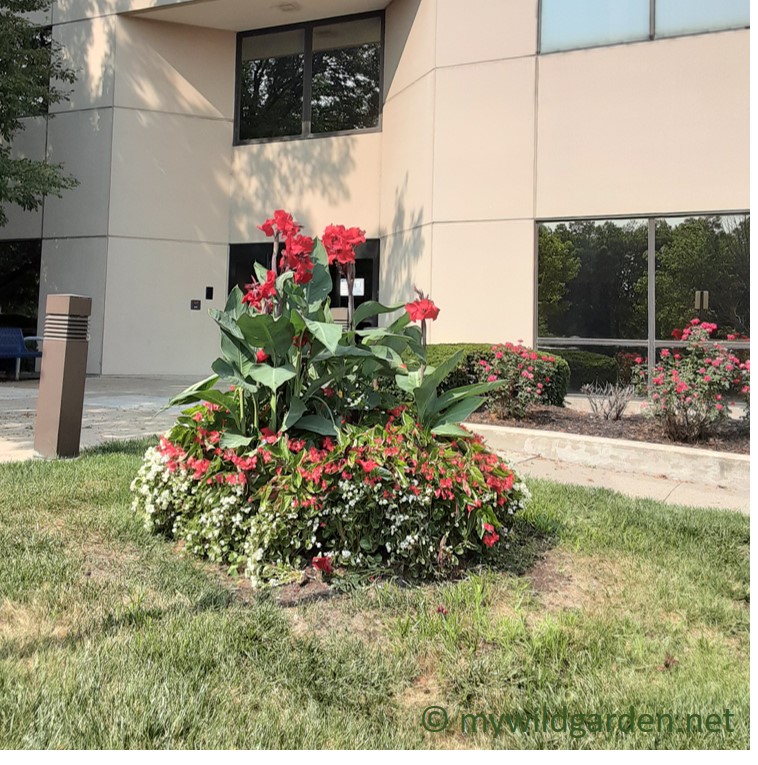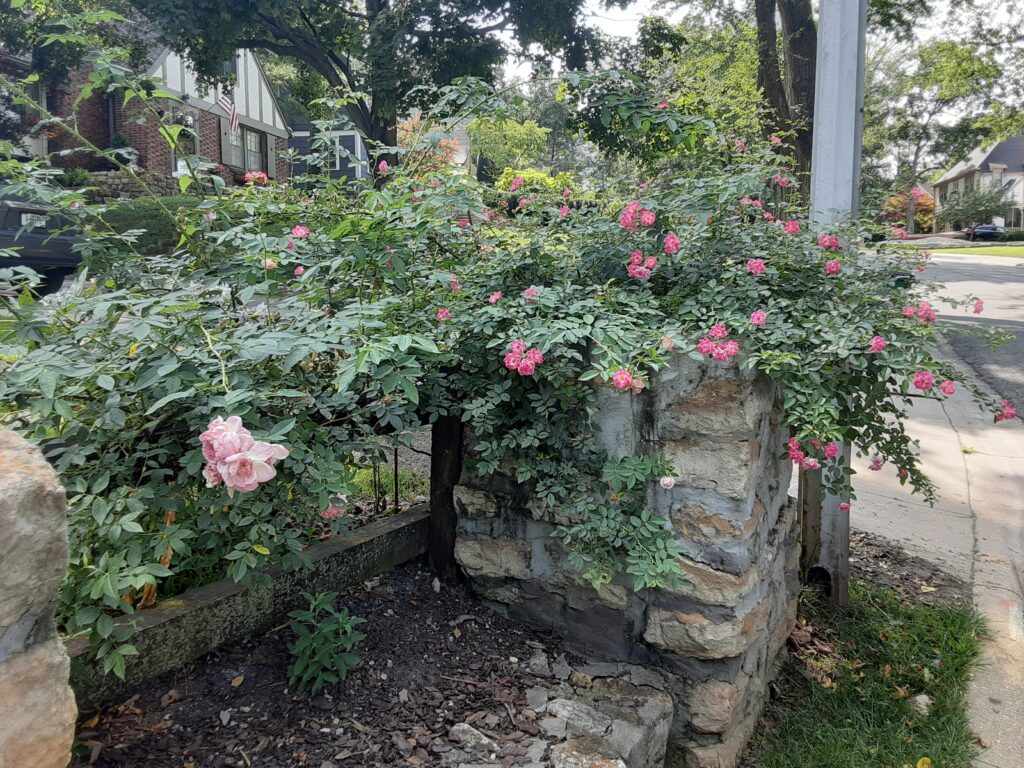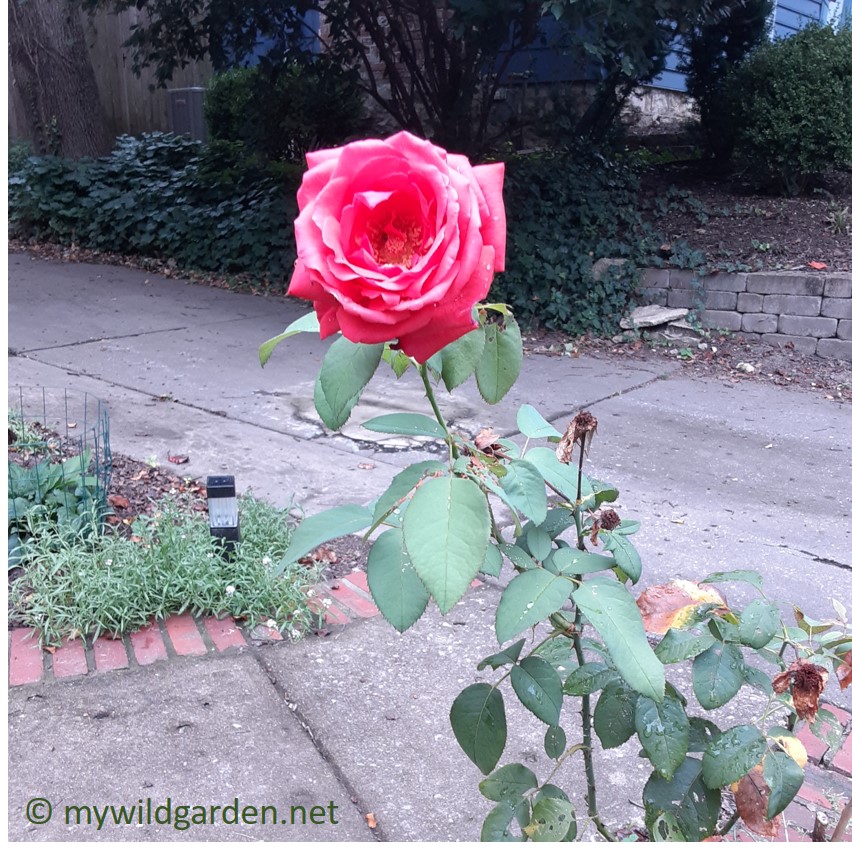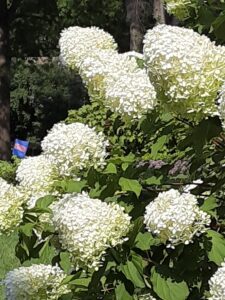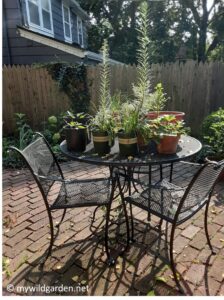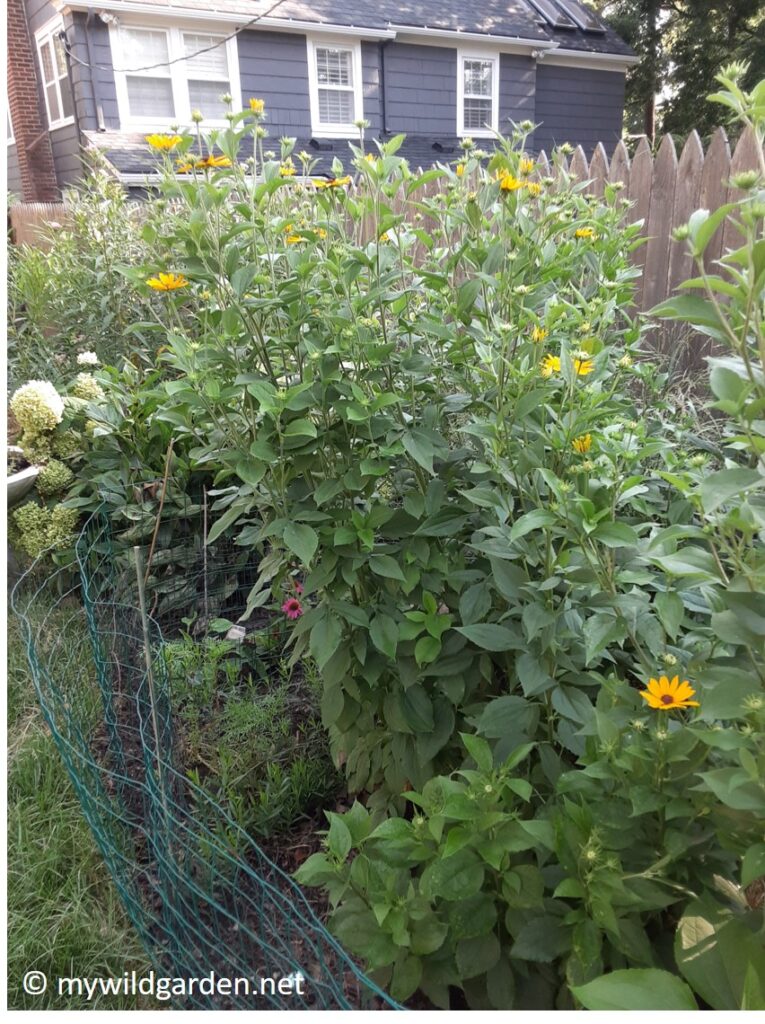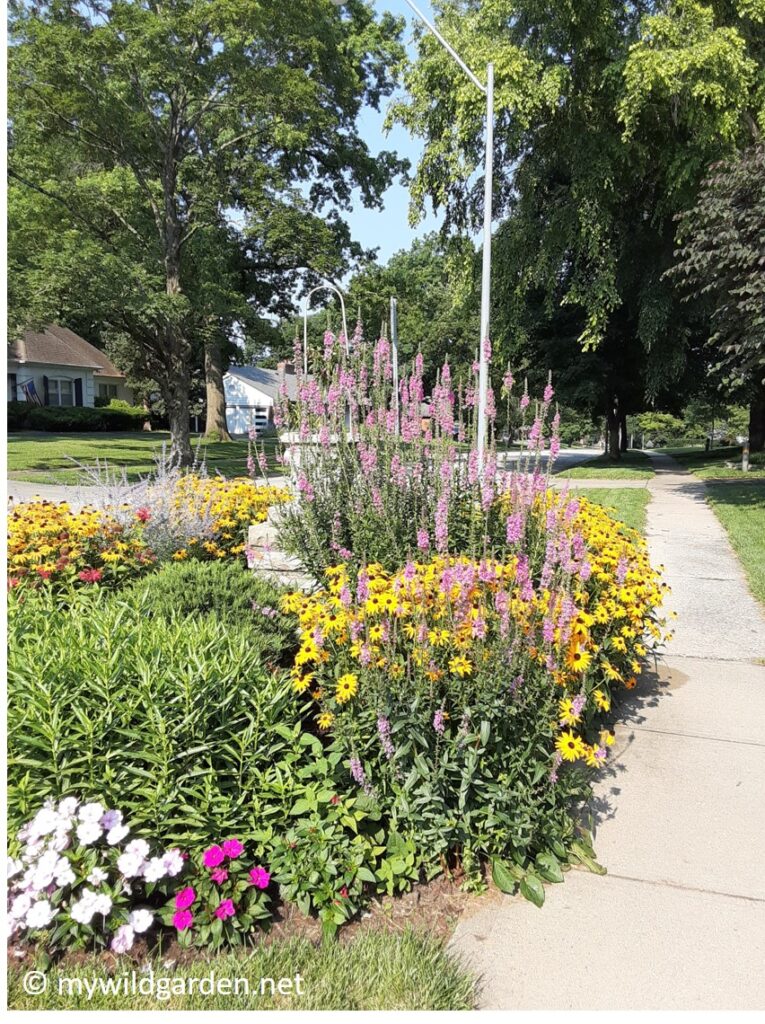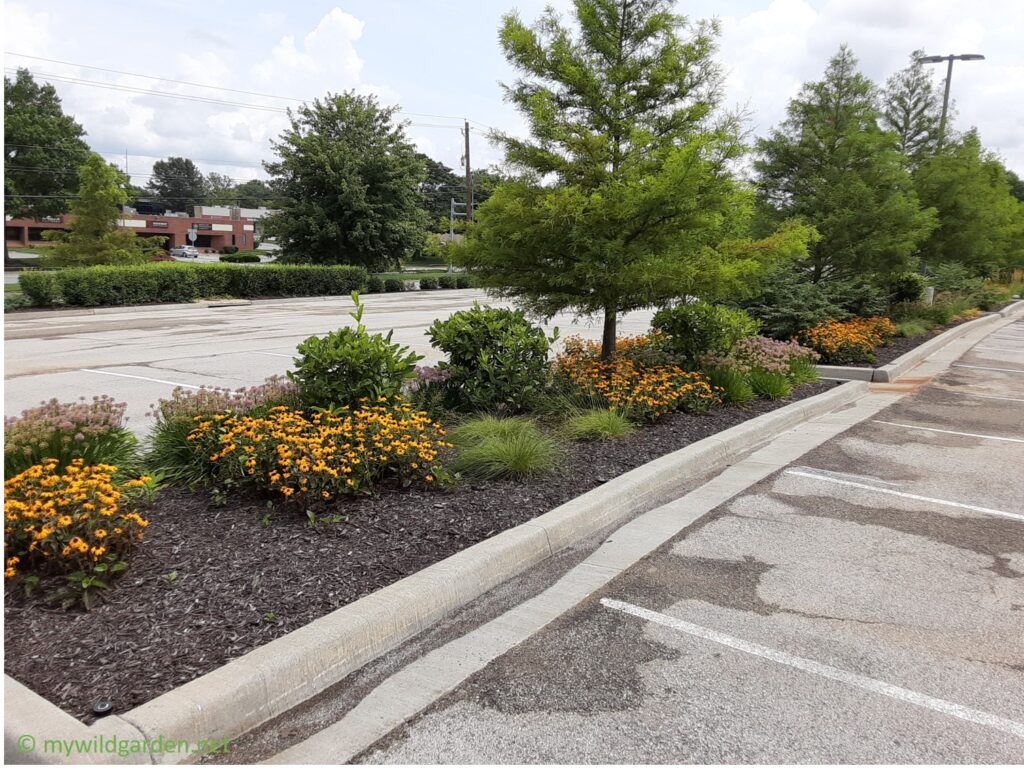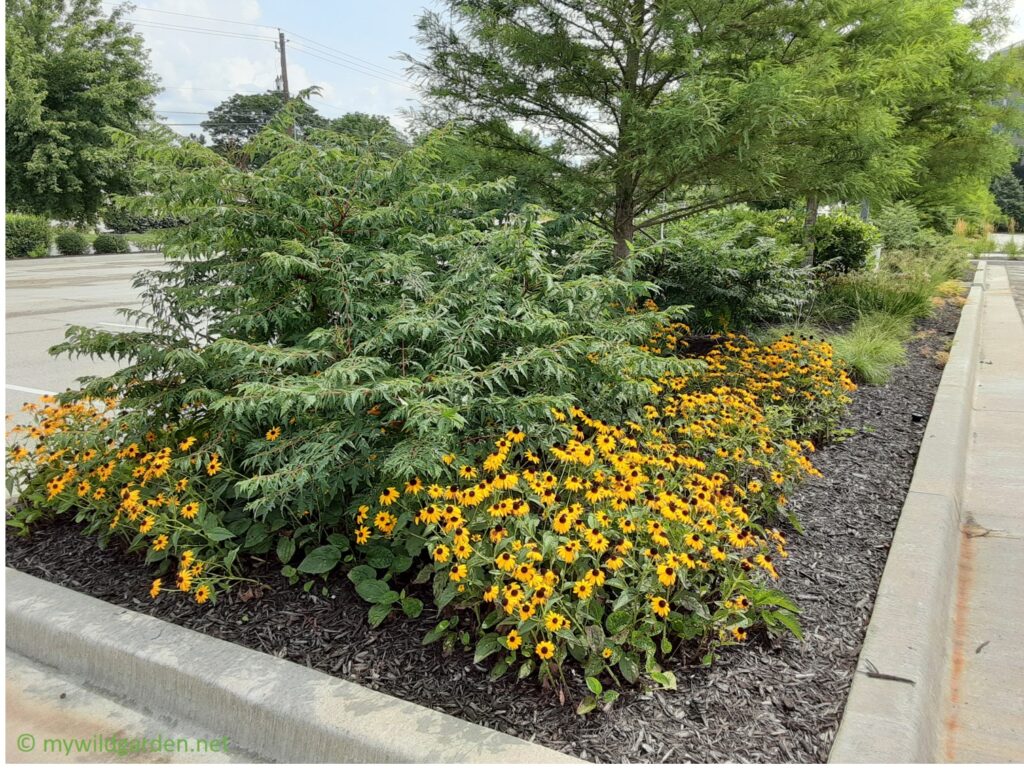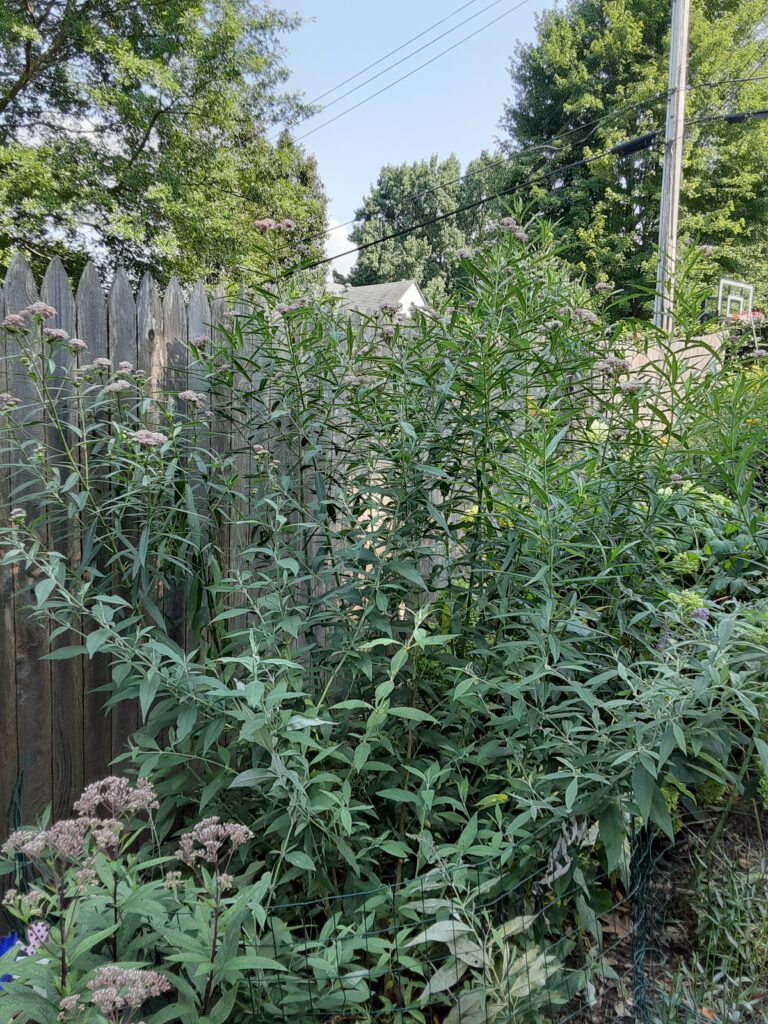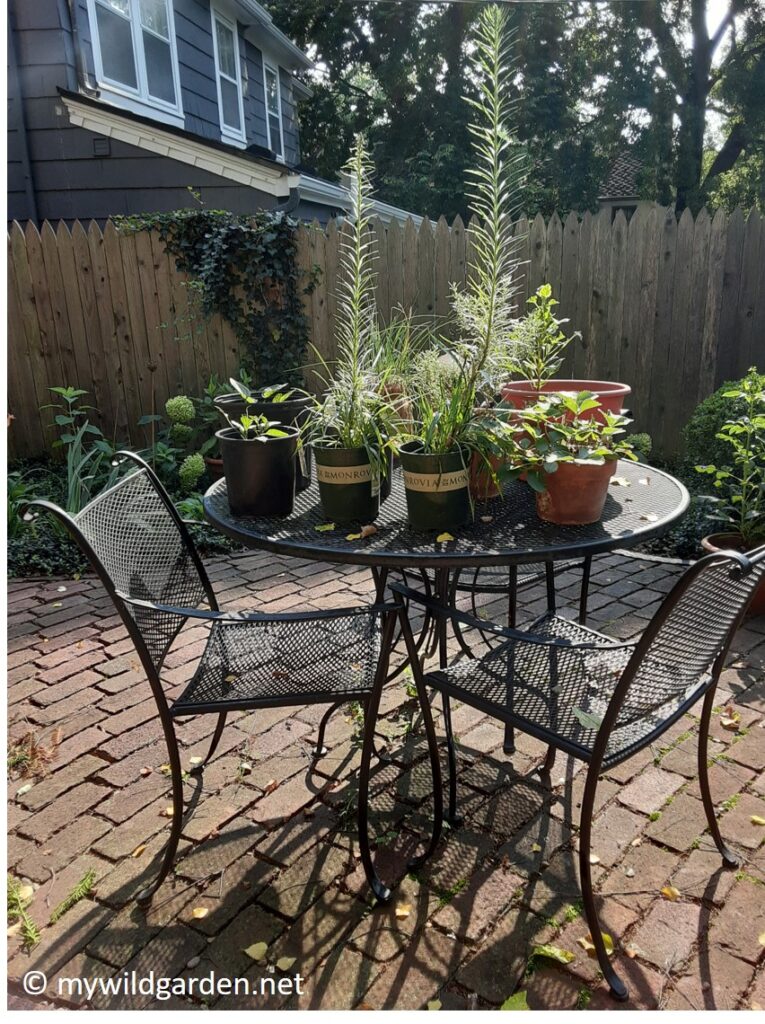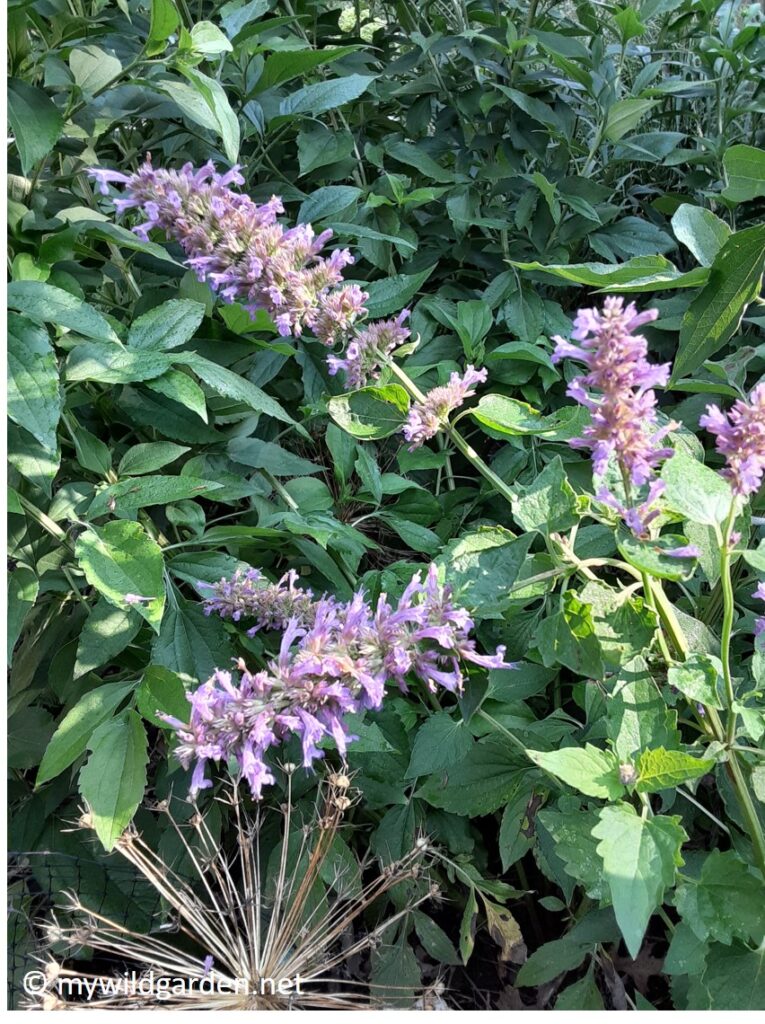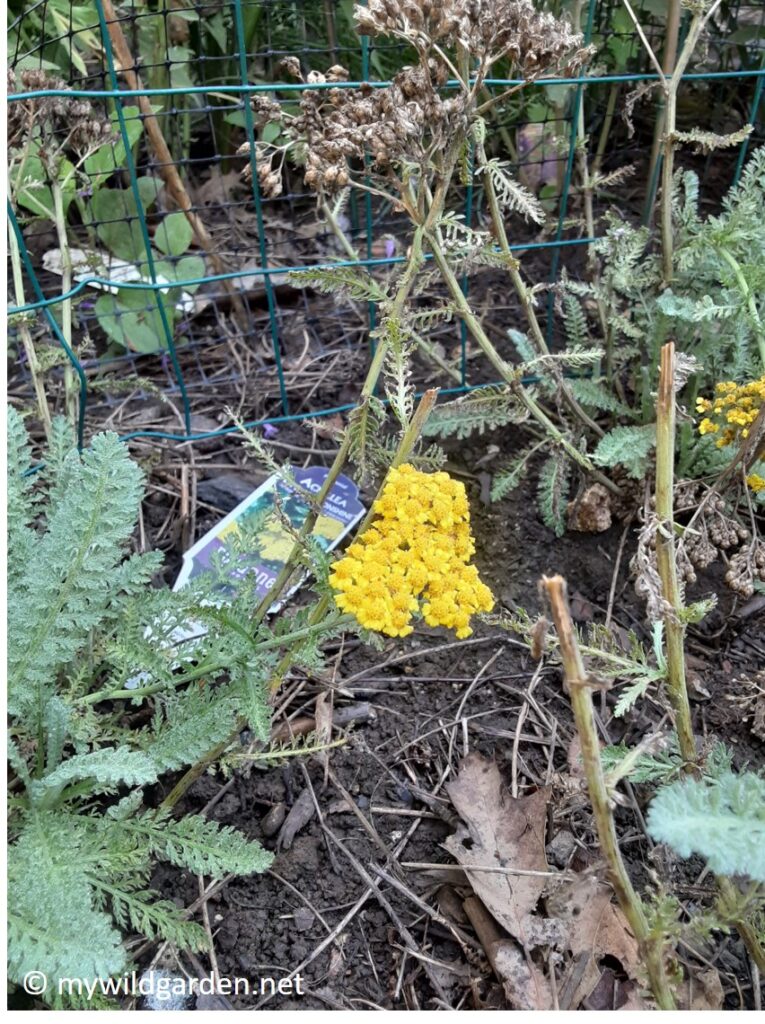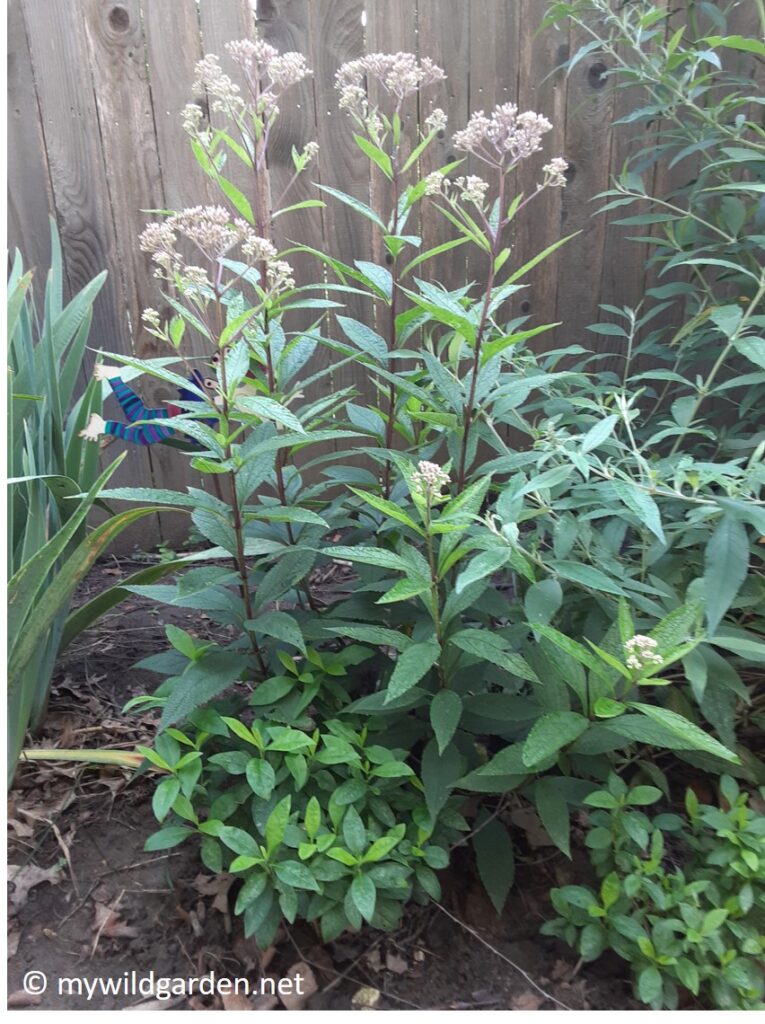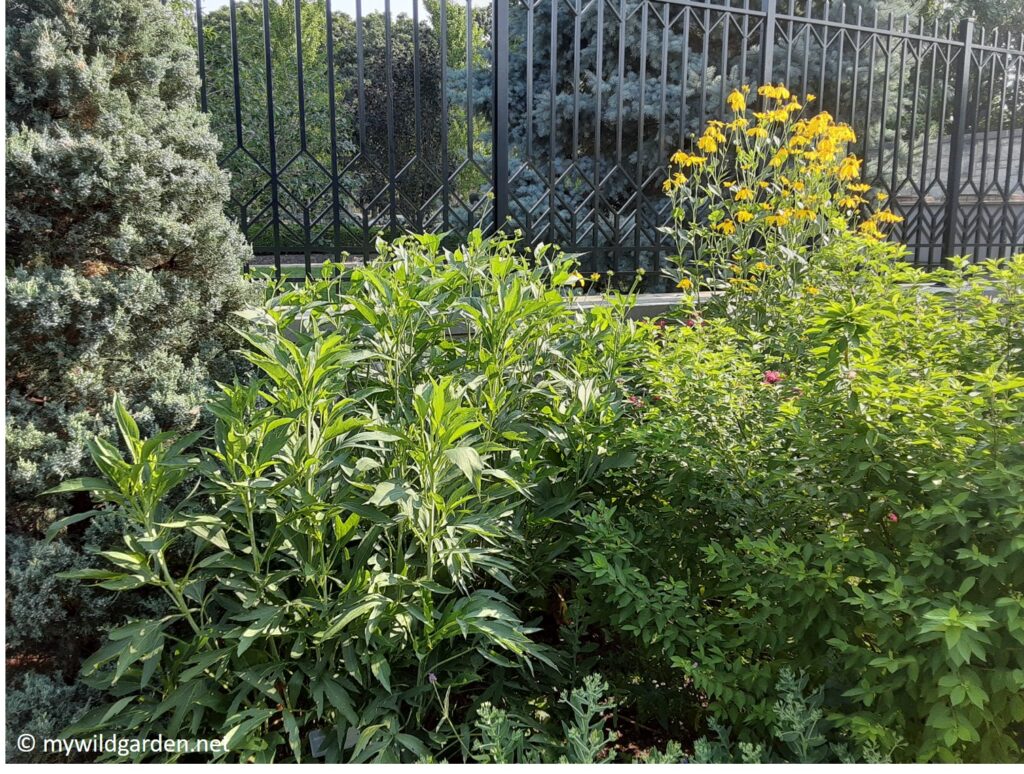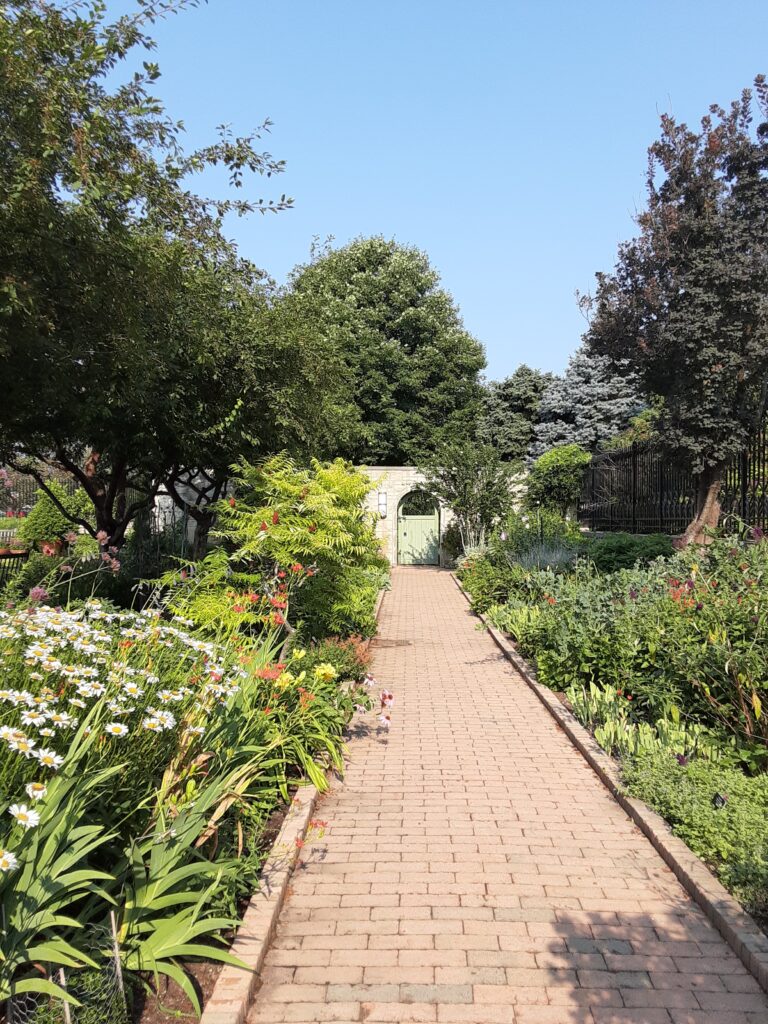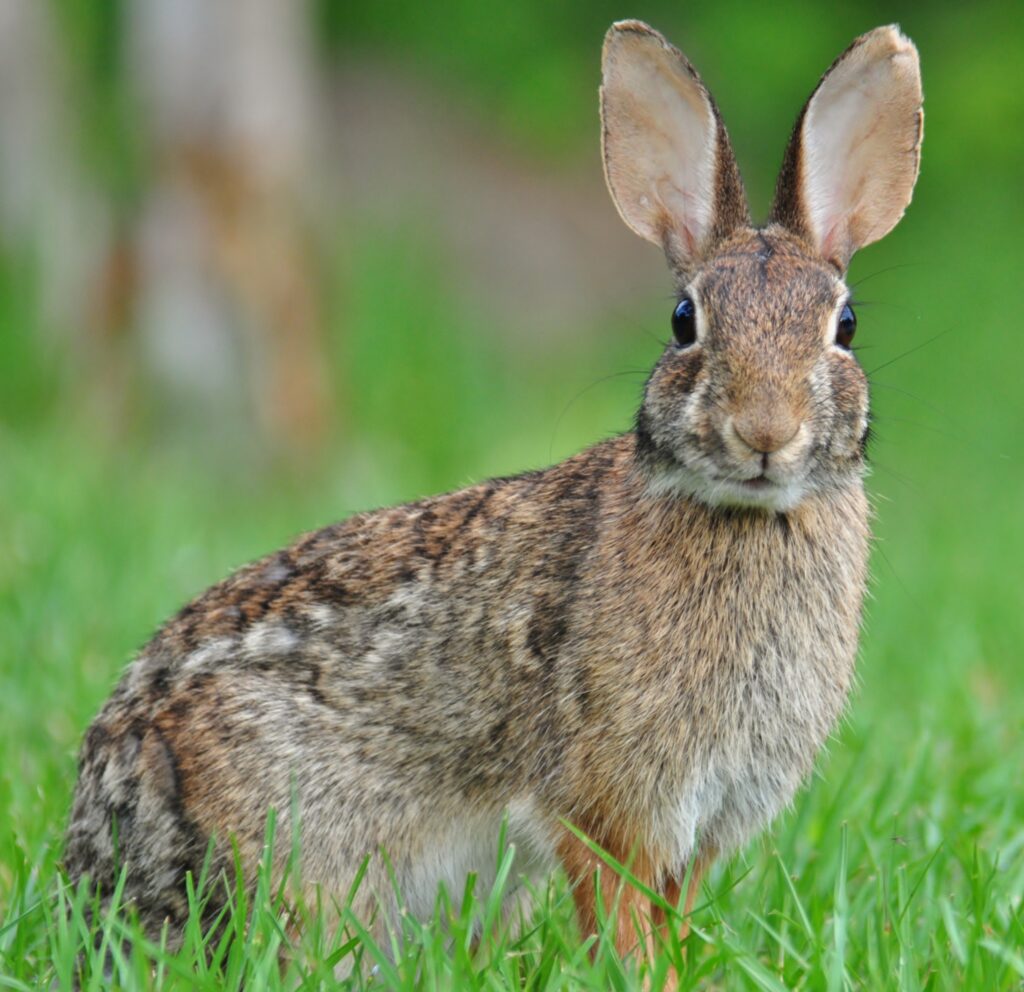
At last, warm days have arrived! We may get more snow—in fact, we most certainly will—but there’s no turning back.
Tulip spears are thrusting up, too, but as soon as they sprout, the rabbits eat them—and everything else. Watch out, roses and hostas! My yard is prime rabbit habitat. They fear nothing, hop right up to my patio door, stand on their hind legs, and look inside.
I haven’t seen many lately though, and I wondered if the next-door neighbor’s cat had made an impact, but no such luck. Yesterday an enormous cottontail bounded across the yard from one end to the other before slipping through a hole beneath the fence, just like Peter Rabbit. Last year the garden was an obstacle course of wire cylinders. Is there anything else I can do?
First, the facts
The rabbits in our gardens are Eastern cottontails, one of the three species of wild hare found in our area. Their range stretches from Canada to Panama. They live in brushy cover, in transition areas between field and forest. An individual rabbit’s range is usually one to five acres. Rabbits are crepuscular, most active during early morning and sunset, although I think the ones in my yard are primarily nocturnal. They feed on succulent green vegetation, like clover and tulips and New Jersey Tea, all of which live in my garden. In hard times rabbits will eat dried grass and bark, just about anything they can find. They also eat their own droppings.
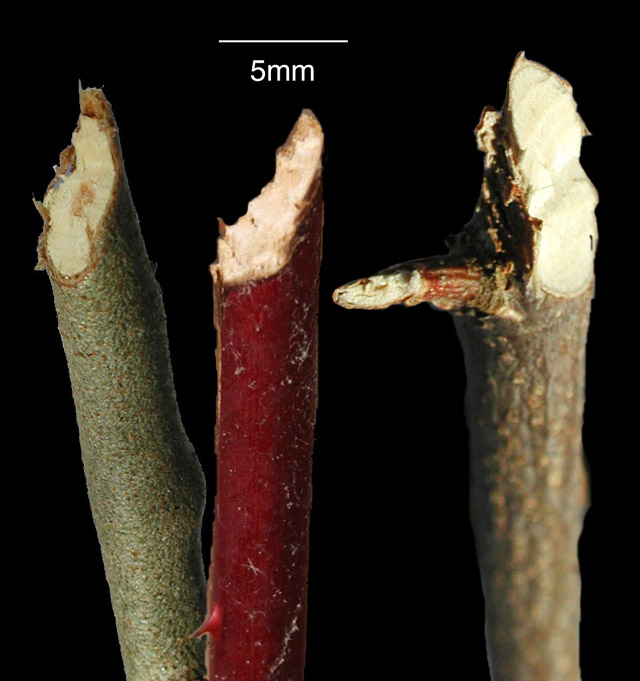
But you know all this. What you may not know is that they don’t live in elaborate underground burrows like prairie dogs or the rabbits in Watership Down, but in scratched-out depressions and hollows. They may also occupy burrows dug by other animals. When the time comes, females dig nests for their young that are three to four inches deep, sometimes leaving little tailings of soil. They also pull fluff from their bellies to line the nests, which look like this.
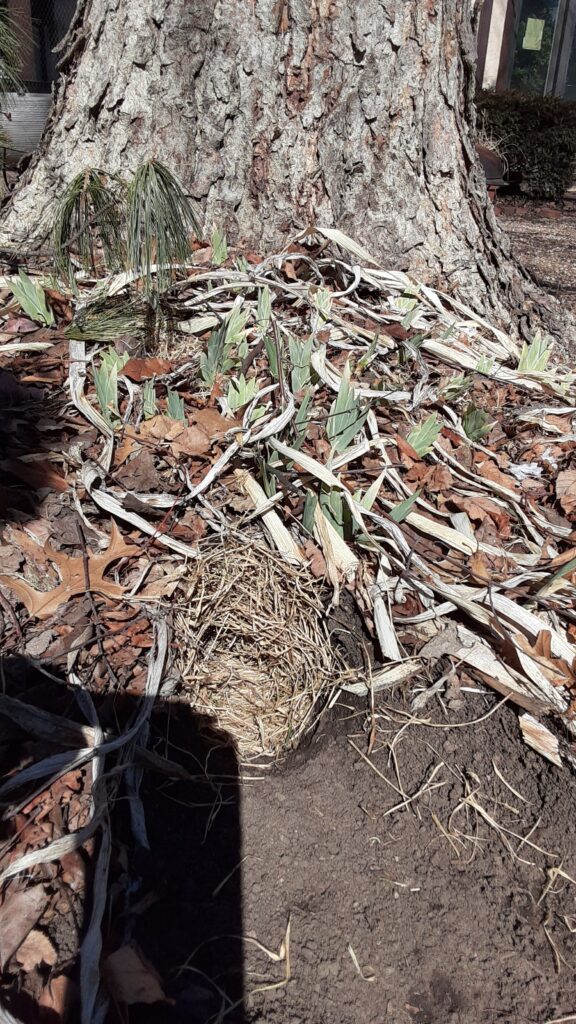
As you also know, rabbits are prolific breeders. They breed in mid-February (although they can start later if it’s cold), with litters startingin mid-March, so now. Babies leave the nest three to four weeks later, so look for them around the beginning of April. Litters typically contain four to five young, but may have as many as nine. Females produce as many as eight litters each year. During peak season, May-June, females may be both pregnant and nursing at the same time. Breeding season lasts through September.
Even so, an estimated 44% of baby rabbits die during their first month. Predators include hawks, owls, crows, foxes, coyotes, minks, weasels, dogs, cats, and snakes. We humans kill them by mowing during nesting season and running over them with cars.
I hate rabbits but love bunnies. It’s traumatic to see them killed. This page on the Lakeside Nature Center’s website explains what to do if you find baby bunnies, and demonstrates several methods of protecting nests from dogs and cats.
How do I keep rabbits away from the garden?
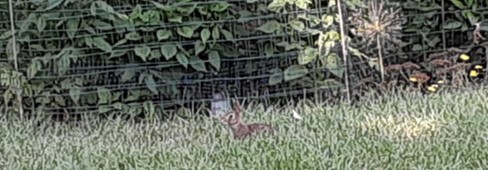
Ha! Good one! Strategies for keeping rabbits out of the garden are as numerous as websites explaining them. Methods generally fall into two categories: repellants and barriers.
I’ve heard gardeners recommend sprinkling blood meal around plants, which also raises nitrogen levels in the soil. This is less expensive than products like Rabbit Scram, whose main ingredients are dried blood, white pepper, and garlic. However, all repellants must be reapplied after rain.
I’ve also heard people recommend Irish Spring, ammonia, putting cat hair around the base of plants, and many other things—as in this article: How to Get Rid of Rabbits Ruining Your Yard and Garden.
Although I’ve tried a lot of these things, the only one that’s worked is to surround plants with rabbit-proof wire fencing. It’s unsightly, though. I am charmed by the look of these barriers made of woven sticks, or wattle.

My neighbor Carol made these.
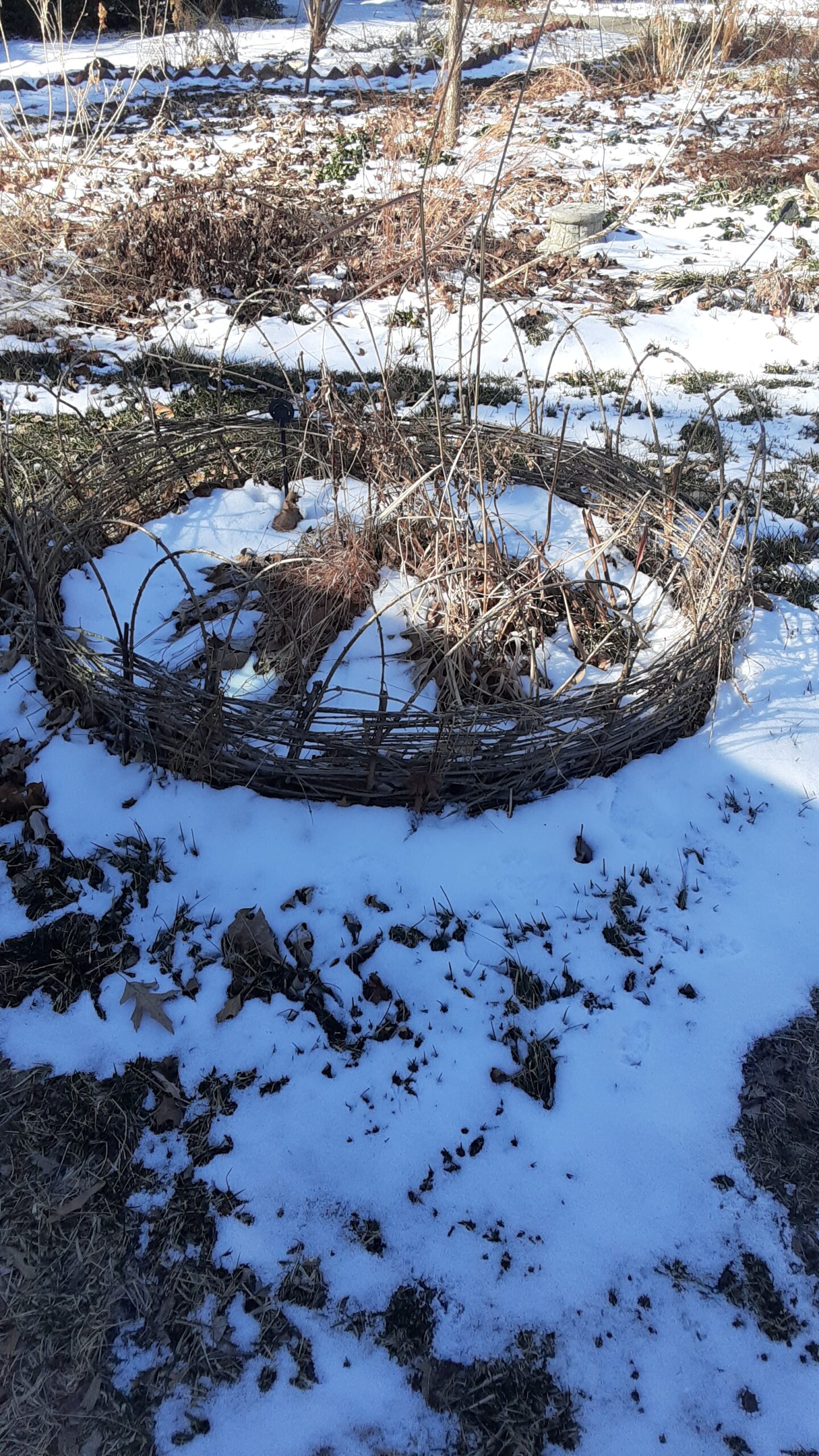
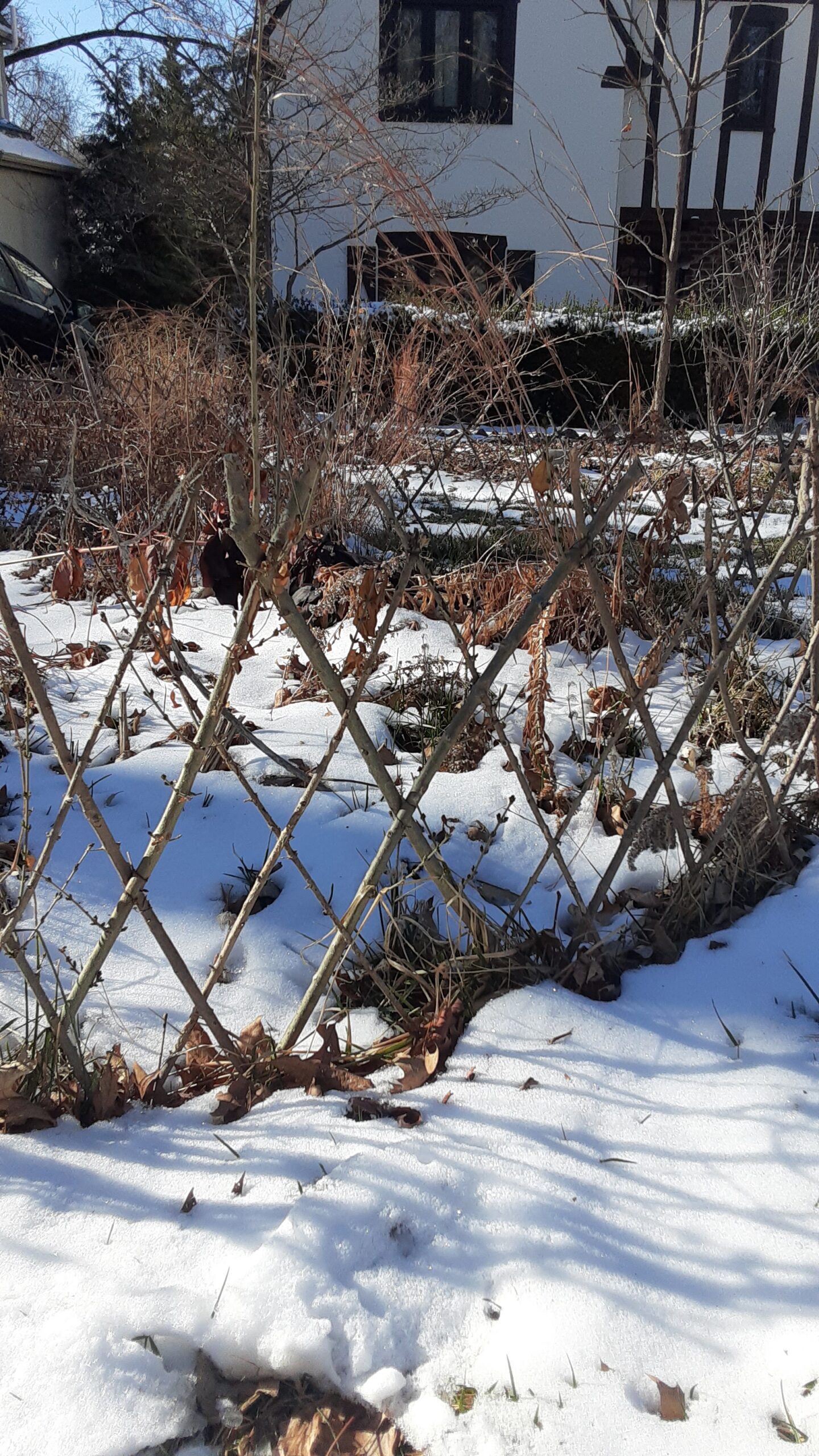
Google wattle fence to find sites and videos about how to build them, like this one: How to Build a Wattle Fence.
I love the Cotswold cottage look. Some of hers are not rabbit proof, however, and may enclose plants unpalatable to rabbits. The internet abounds with lists of these, but it’s too late for me. I’ve invested heavily in hostas, roses, asters, and tulips, all rabbit favorites.
An ounce of prevention is worth a pound of cure, so this year I’m getting my fencing up before those rascally rabbits start eating. I’m going to take advantage of today’s sunshine to install this year’s mesh. Wish me luck. Thanks for reading!
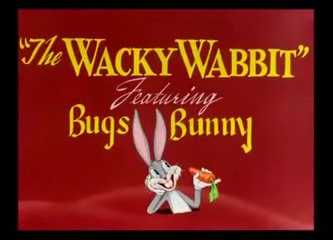
References
Schwartz, Charles W. & Elizabeth Schwartz. The Wild Mammals of Missouri. University of Missouri Press. pp. 110-121
How to Build a Wattle Fence: https://www.youtube.com/watch?v=0N9q_IwjwMI
How to Get Rid of Rabbits Ruining Your Lawn and Gaden: https://www.everydaycheapskate.com/how-to-rid-rabbits-ruining-lawn-and-garden/
